|
“Don’t you ever just read a Grisham?” comments one of my friends. It’s been a busy summer, making up for summers past as travel returns to its pre-pandemic boom. After Tahiti and Sudbury, I dropped my bags, picked up my six-year-old son Galileo, and hopped over the Rockies to see what Calgary is up to these days. In a city accustomed to booms and busts, the boom is back. We’d spend a few days researching the urban and regional attractions that met my ‘bucket list’ criteria, chasing columns and new chapters for the upcoming second edition of The Great Western Canadian Bucket List. There would be time for bedtime stories, but that’s about it. . We kick off with the Yamnuska Wolf Dog Sanctuary outside of Cochrane, a facility that rescues and shelters hybrid animals that belong in neither a domestic or wilderness environment. That doesn’t stop idiots breeding wolf-dogs, for idiots who think it would be cool to own a wolf. What they get are shy yet aggressive animals that make terrible pets, with untamed instincts requiring constant attention and secure zoo-like enclosures. Breeding wolf dogs is, inexplicably, legal in Alberta. The sanctuary does a fantastic job educating the public, looking after the animals they rescue, and advocating for both wolves, canines and hybrids. Next we drive into the foothills of the Rockies to spend the night with Tracey and Tim at Painted Warriors, a hands-on Indigenous cultural and wilderness experience that invited conversation around the campfire, archery in the forest, star-gazing, and nature walks. Among many other things, I learn I’ve been aiming with the wrong eye all my life (no wonder I always miss), how aspen makes natural sunblock powder, and that a professional archer can hit the top of a golf tee from fifty yards. Above all else, I learn yet again that meeting good people always results in a good time. We drive back to the city, pick up outrageously good smoked meat sandwiches and ice-cream at the Calgary Farmers Market, and head across the highway for Downhill Karting. It’s the same luge contraption I discovered many years ago in New Zealand outside of Rotorua, and it’s fun to share the experience with my delighted kid. It’s the first time we’ve done a trip just the two of us together, and while Gali doesn’t have gunpowder energy of his Tahiti-toting sister, he’s observant, measured, and willing to give everything a go. We’re here for a good time, not a long time, so it’s off to Lazy Day Rafting Rentals to float down the Bow River and experience one of Calgary’s more iconic summer activities. Gali super-soaked ducks and geese as the river gently floated us from our entry point to the Bow River Pathway Bridge. Drop off the boat, check-into the Residence Inn, and stroll over to The Mash, which upcycles grain from a microbrewery into delicious pizza dough. My pizza had everything on it, Gali ordered plain cheese. One day he will order toppings, add Tabasco, and say: “So this is why you order pizza with everything on it.” I look forward to that day. We’re heading out the city again, but before we do, we pop into the National Music Centre to see Randy Bachman’s insane guitar collection, learn about Canada’s outsized role in the history of popular music, mix some beats, and gawk at the 64-foot one-man orchestra known as the Kimball Theatre Organ. We pop into the Hangar Flight Museum by the airport, and hit the road for the Good Knights Medieval Encampment for an evening of medieval glamping. This is an actual thing, and as you can read in my column for Canadian Geographic, it’s a very fine thing indeed! We dressed up, threw fake axes, jousted with real swords, and watched lords and ladies dance under the big prairie sky. We’d immersed ourselves in a fun, family-friendly world that is one-part history and one-part Lord of the Rings / Game of Thrones / Dungeons and Dragons fantasy. The things you can do in Canada never cease to amaze me. A few days later, we’re out the country so I can take my kids to a place I swore I’d never take them to. You can read all about it here, with an honest column that I hope captures the parent’s experience of Disneyland. I’m not a theme park kinda guy, but visiting Disneyland was never going to be about me: it’s all about the kids, and the kids had a great time. We stayed the Grand California over the 4th of July weekend, when the park was heaving with visitors. The Genie + pass was essential to avoid the line-ups, but we probably should have eased Gali into the rides before kicking things off with a dark rollercoaster of Space Mountain. I don’t think he’ll ever forgive me. His sister, meanwhile, gravitated to the fastest, loudest, scariest rides. It’s remarkable these kids came from the same womb. I turned a shade of lime after the rollercoaster and falling elevator rides in Disney Adventure Park. In truth, the ride I was looking forward to most was a Harley Davidson Road King waiting for me back in Vancouver. Last year I researched a story about renting a Harley from EagleRider Rentals in Vancouver, joining a bike crew on a road trip up Vancouver Island, ferrying to Bella Coola, and back through the BC interior. A year later, I join most of the same group (which happen to include the excellent Daniel Cook Band), and we roar off for a four-day loop of Vancouver to Osoyoos to Nelson to Lillooet to Vancouver. Once we got out of the congested city and past the summer construction, our bikes could blitz through the sweltering, rolling countryside. Motorcycles were out in full force, giving the eponymous biker wave when passing each other. Daniel and his band busted out their instruments in the evenings, which added a wonderful dimension to the trip, and delighted large groups of bikers with an impromptu roof top party at the Adventure Hotel in Nelson. We swam in the warm waters of Christina Lake, did a long, knee-cramping day in the saddle, played obligatory games of cribbage and did a memorable sidewalk jam in Lillooet. The diverse landscape and excellent roads of British Columbia delivered the goods. I’ve joined EagleRider’s membership program, and look forward to making this an annual tradition. A weekend in Birch Bay, Washington (or as I like to call it, Canada in the USA), back across the Rocks for a wonderful wedding at the River Café in Calgary, and we’re up to date! I’m leaving early tomorrow morning to hike the East Coast Trail in Newfoundland. July has been one for the books, but it’s going to get really busy in August. Reading a Grisham can wait.
0 Comments
I’m late to this particular highway, but I expect that many readers are. With sky-high gas prices and increasingly dire climate projections, I can’t help but look at electric vehicles with increasing curiosity. There’s little doubt EV’s are the future of automobiles, with everyone from Volkswagen to Volvo ditching gas to go all electric. Yet there’s as many misconceptions as there are die-hard acolytes, fanatics on both side of the fossil fuel divide. I figured there was only one way to get to the bottom of it: do some research, and get behind the wheel. I’ve worked with Ford Motors over the years (they sponsored a couple of my speaking tours as well as my 22,000km drive around Australia to tick off The Great Australian Bucket List) so naturally I reached out to them first: would it be possible to take an EV for a spin? My 6 year-old son is also crazy about Mustangs, which he confused for whatever yellow muscle car Bumblebee happened to be during his short but intense Transformers phase. This is how I came to fly into Montreal and hop behind the wheel of a 2022 Ford Mustang Mach-E: a 346 horsepower fully electric sports car that rockets from 0 to 100 km/hr in 3.7 seconds. There’s no space for 346 horses on the Mustang logo, just one, but plenty of space for myself, two kids, 3 carry-on suitcases, our day packs, and the various crap that stick to parents like Velcro on any family road trip. Barf bags for the 6-year-old included. There’s bells, whistles, and then there’s the settings in a Mustang Mach-E. A huge 15.5 inch swipe screen sits in the middle, serving as an on-board super-computer to power all the sensors. I don’t know how the roof camera works to provide a birds-eye view when I reverse, or the rain-sensing wipers, or how they get the handle-less doors to Star Trek swish when they open. It’s a neat trick that the car parks itself, and it has a Co-Pilot system that allows the vehicle to drive itself on the highway (although another sensor pinged when I took my hands off the steering wheel for longer than a few seconds). The feel and response of the accelerator made the biggest first impression. Instead of braking, I could just decelerate into a full stop, although later I discovered an option to drive with the brake like a typical car. By that stage, I’d become quite accustomed to just using one pedal, and the intense boost of speed at my disposal. It was difficult to stick within Quebec’s 90 - 100 km/hr speed limits, and I used the intelligent adaptive cruise-control feature to drive with my hands more than I usually would. No combustion engine means more cargo space, an unnervingly quiet ride (great for wildlife stops when we spotted deer) and all sorts of other car stuff you’re welcome to geek out with if that’s your jam. But let’s get to the misconceptions: 1. If you’re burning fossil fuels to create electricity, how can an EV be good for the planet? True, if you’re in a country or region that predominately burns coal to generate electricity. In Canada this is not the case. Quebec generates 94% of its power through hydro sources. BC is at 87%. Manitoba 97%, Newfoundland and Labrador 96%. Ontario’s system is 94% emissions free. In these cases, you’re using clean energy to power your vehicle, which is very good for the planet. On the other hand, your EV vehicle uses steel, silicon, and all sorts of rare minerals needed to create today’s computers and sensors. There’s always a cost. But in terms of emissions and climate action, driving an EV in Canada is a sustainable bet, as opposed to Australia where the electrical grid is just 24% clean, India (14%) or China (43.5%). Encouragingly, renewable clean energy sources continue to make dramatic in-roads worldwide. 2. It’s OK for the city, but I can’t go on a big road trip in a remote region, I’m going to run out of juice! This is exactly why I chose my first EV road trip to be in the Lanaudière region of Quebec, spending a week exploring less-trafficked country roads, small towns, parks and lakeside resorts. Even with our souped-up Mustang’s projected 445km range, I fully expected to be searching for chargers wherever we went. This proved to be the case, but more out of curiosity than necessity. Just about everywhere we stopped, there were chargers. Most hotels, attractions and resorts offered free Level 2 charging stations for guests, which charges about 30 km per hour, or fully charges in 6 to 14 hours if left overnight. There were even chargers in La Mauricie National Park at the most popular beaches and attractions. Fast Level 3 chargers (which charge 100 km per 30 minutes, or fully charges the battery to 100% in 1 to 4 hours), were also available along the major routes. Quebec has over 7000 public chargers, more than any other province, with more are being added every day. The one time we actually needed power, it took just one hour over dinner to charge from 40% to 100%, and cost a whopping $20 on a sliding scale after we hit 80%. Given the savings, it was odd to find the Fast Charger at a Shell gas station. Admittedly, there’s a slight mental adjustment watching the car battery drain like it does on your cell phone, as well as getting over the distrust of deteriorating cell phone battery life, largely due to the ridiculous “planned obsolescence” strategy of Apple, Google and Samsung that essentially update your phone until it bricks and you have to buy a new one. Given the cost, EV batteries are designed to last the life of the vehicle, which is about 10 years, but that’s how long most owners now keep their vehicles anyway. You can charge your batteries at any point, and while there are simple tips to increase your battery life, don’t let it stop you from a road trip. I met an EV owner who drove from Ottawa to Vancouver in a Nissan Leaf with no problems whatsoever. We got chatting with a happy Hyundai Evoque 5 owner at the two free guest chargers outside the outstanding Hôtel-Musée Premières Nations in Quebec City. There’s a lot of interest and curiosity in EVs, and the Mustang sure turned a lot of heads. There were always chargers available, but I expect it will get interesting when there’s more EV’s on the road then there are chargers. If you’re pulling into a public lot and four chargers are being used for an indefinite charging period, it would be understandably frustrating and problematic. Charging would have to be limited to 80%, etiquette would have to give way to formal restrictions, and of course, there would have to be more superchargers to accommodate the demand. And all this will be happening as better battery technology makes charging faster and more efficient. My conclusion: You can certainly go on an EV road trip now, and most definitely in the future. If you’re in Canada or anywhere running on hydro, wind, solar, tidal or nuclear energy, you’re not killing one forest to save another. The Quebec region of Lanaudière and La Mauricie between Montreal and Quebec City is simply gorgeous. The Mustang Mach-E had plenty space for the road tripping family, and is altogether one impressive steed. My son, who gets car sick playing with Hot Wheels, never complained once about needing to puke, confirming his approval for the smooth ride. My current car is not an electric vehicle. My next one will be.
Note: Thanks to Ford Canada for providing the Mustang Mach-E. The company did not review or approve of this story. Read my Bucket Listed column in Can Geo Travel for more about what we discovered during our electric road trip adventure in Quebec. We’re just minutes into the rally, and I’m clutching onto some key advice:
Dave, my rally Obi-Wan, is a case in point. A successful businessman living in West Vancouver, he’s the owner of over a dozen classic cars, including a pre-war Bentley and Rolls Royce. That’s pre-World War 1. A 20-year rally veteran, Dave’s run the Peking to Paris (twice), along with rallies in Australia, New Zealand and Europe. For this year’s Northwest Classic, open to pre-1981 collector cars, Dave’s selected his reliable 356 Porsche. He explains it will allow him to focus on the race, as opposed to keeping the car going. Race is not exactly the right word. It’s more like a Sunday drive, with two hundred good friends, and a purpose. Crawling along the I5 to Portland, Dave gives me the basics of time-speed-distance rallying. Drivers and navigators are given instructions that must be followed to the letter, and to the second. Each car is spaced one minute apart, driving at suggested speeds to enable us to reach, say, a particular stop sign in exactly 2:43 seconds, or a right turn at 7:29. Teams calibrate their odometers, and must factor traffic and rally rules. We never exceed the speed limit, unless we’re running late, in which case, well, these are classic sport cars. The Rally Master adds traps designed to bamboozle even the most alert navigator, steering us off course, resulting in time penalties or lost minutes. Each day might feature up to 10 stages, comprised of a start, finish, and time check by a team of volunteer marshals hidden somewhere along the route. Dave warns me that it doesn’t help to follow the car in front of us. They could just as easily lead us off a cliff as to the next checkpoint. As a virgin navigator, I am determined not to let my driver down. Dave’s wife, who normally takes the navigator role, has already warned me: “whatever is said in the car doesn’t count.” Things can get heated when the pressure is on, and a slight navigator omission can send our car rallying down the rankings. There’s even a tongue-in-cheek award, the Flying Clipboard, for the team most notably cracking at the seams. Still, don’t hold your breath waiting for road rage. Vintage rallies are first and foremost about the cars, the driving, and the community it brings together. Owners come from all walks of life, taking pride in their aging Alpha Romeos, MG’s, Fords, Mercs, Saabs, Porches and other models. The average car at the race might cost around $30K - $50K, but there are some standouts, like a 1963 AC Cobra, worth a cool half a million dollars. Laurie and Verna Fraser from Langley own a dozen collector cars. “I got my first MG at 21 years old, and it was all downhill from there,” explains Laurie. Vintage cars sound like an addiction. Another racer from Coquitlam tells me there are two events he would never miss: The Northwest Classic, and BC’s Spring Thaw. He speaks of them with the reverence of a family Christmas. I’ve nicknamed Dave’s Porsche ‘The Silver Bullet’ because its classic, capsule-shaped, and could probably kill a werewolf. With a 1600cc engine with 90 horsepower, it’s no speed demon, but that’s why Dave likes it. It’s not about getting from A to B on an air-conditioned cloud. The Porsche has no computers, plush leather, or cruise control. We sit low to the ground, on worn leather, feeling the growl of the engine. 50 mph never felt so cool. As we scoot around Oregon’s coastal farm roads, I tick off checkpoints, calculate our times, watching out for traps. I’ve had to familiarize myself with rally terminology: CAST: Change Average Speed To. SAP: Straight as Possible. ITIS: If There Is Such. At the close of the first day, we’ve lost just 2 minutes off the pace, placing 16th out of a field of 113. I’m a rally virgin kicking butt, but nobody is too impressed. “Last year, we got totally lost,” laughs one competitor. “It was great! You just can’t take it too seriously.” During stage 6 on the final day, Dave repeats these words when I confuse an ONTO/TOWARD instruction and lead us straight into a trap. He remains supernaturally zen about my screw-up, even as we slip down the rankings to finish 31st overall. At least we didn’t receive The Hook, awarded to the car that needs a tow truck. That honour belongs to another Porsche 356, not quite as reliable as our Silver Bullet. The Northwest Classic is just one of dozens of rallies that take place around the continent, drawing collectors, enthusiasts, and members of various motor clubs. Some are competitive, others more social. When we line up our cars – on a downtown street or stage meeting lot – crowds gather to ogle at rows of spit-polished cars on display. Owners get an obvious buzz showing off their pride and joy, and might even barter for new acquisitions. War stories are traded, from those that have braved the gruelling frozen roads of the legendary ALCAN 5000, to the pot-holed corruption of South American rallies. Road trips have always been one the best ways to see a country, especially in your favourite car. You’ll definitely find yourself on roads less travelled.
I notice that many teams are husband/wife couples, or retirees enjoying the good-life adventure. “We’re all growing old,” says Dave, “together with our cars”. Younger drivers are definitely welcome, so long as they have a qualifying car and a driver’s license. Rally entrance fees range from the low hundreds to the thousands, so you don’t have to be a millionaire to participate, or even a competitor. Many rallies now have touring groups with no rules or time trials. Dave lets me take the wheel on our long drive back to Vancouver. This time, we’re taking the longer, scenic route to avoid the traffic on the highway. The Porsche hums along the coast, reflecting tree tunnels, turning heads. There’s no power steering, no air con, and no CD Player to distract me from the act of driving itself. Classic cars are all about the experience, much like the rally events that bring them together. You might also be a fan of the late author Douglas Adams, who wrote Hitchhikers Guide to the Galaxy, Dirk Gently’s Holistic Detective Agency and the genius dictionary of made-up words, the Meaning of Liff. In 1992, he wrote a book called Last Chance to See, a travelogue about his journey to visit animals on the verge of extinction. Although the book has dated (some rare creatures have now completely vanished), I’m struck at how ahead of his time Douglas Adams was. Not only did he give us the meaning of life (the number 42, in case you forgot), but he foresaw the sad reality that a modern bucket list is not so much about doing something before you die, but before it disappears. I write these words in the midst of a second unprecedented heat wave in a normally mild British Columbia summer. The first claimed over 500 lives in just three days, a staggering number that’s largely slipped under the flood of the 24-Covid news cycle. Meanwhile hundreds of wildfires are burning in the interior, smoking our skies sepia, evacuating thousands of people and torching the entire town of Lytton, a popular destination for river rafting. Scientists estimate over a billion marine animals cooked in the first heatwave, and more are undoubtably boiling in their shells this weekend as the temperature and humidex approach the mid 40°Cs. Climate change has come home to roost, and techno-evangelism (technology will save us!) suddenly rings a little hollow for Pacific Island nations soon be underwater, communities going up in flames, loved ones burying their dead or biodiversity battered by urban encroachment, poaching and agriculture. I know you come here for good news, but since I’m a pragmatic optimist, we have to accept that the near and far future will suffer increasingly extreme weather events, causing unparalleled environmental, financial and cultural devastation. All I can hope is that this finds you in a safe and stable nation with enough progressive foresight and resources to prepare for this eventuality. All I can hope is that my bucket list books do not become works of history – much like Last Chance to See - a review of destinations that also no longer exist. Unfortunately, not much has been gained in thirty years since Douglas Adams sounded his convincing warning bell, and so much has been lost. My new ‘Bucket Listed’ column for Canadian Geographic Travel combines commentary with my travel recommendations. Each column is short and punchy and well worth reading, especially my second column about Indigenous tourism. My joyous and poignant Celebration of Canada column was sunk by the sombre nature of this year’s Canada Day, which coincided with horrific discoveries of residential school graves, sparking outrage at the nation and Catholic church’s complicity in an obvious attempt at cultural genocide. It’s a heavy topic for non-Indigenous Canadians to grasp, which is why I highly recommend reading Peace Pipe Dreams: The Truth about Lies about Indians which uses a lighter touch to help us understand the many challenges and injustices that Indigenous communities face today. Next, I explored risk tolerance with a column entitled: Is it Safe to Travel Again? before jumping into practical tips for planning bucket list road trips and revealing some of my favourite, less-known experiences in every province. Speaking of road-trips, I recently returned from a little adventure of Vancouver Island with the kids, ticking off some must-do experiences along the way. The new Malahat Skywalk was spectacular, with a few unexpected offerings (like a slide, boardwalk and adventure net) to elevate the experience well above just another roadside attraction. I’ve long heard about caving on Vancouver Island, so I’m a little shocked it took me so long to get to the Horne Lake Caves. I just assumed they were typical show-caves, but it’s more aligned with my best spelunking adventures abroad: hardhats, overalls, scrambling, twisting, ducking and climbing. Letting the kids hammer away for fossils under the guidance of an enthusiastic and experienced dinosaur museum curator was a stroke of genius, and we finished off at a fun camping festival in a forest near Courtenay. After 60 days of no rain, the heavens opened up and drowned us with the heaviest rainfall in years, soaking the thirsty fields and farms, and maintaining my 85% record of a mud-soaked fiesta whenever I camp at a festival. The Canadian government should just drop me off with a tent, a band and a DJ in the country’s most drought-impacted regions: statistical probability will take care of the rest. You can read about my Vancouver Island road-trip in my latest post on the newly relaunched www.canadianbucketlist.com Finally, I want to give a shout-out to the team at Great Canadian Trails, who are also passionate about remarkable Canadian outdoor adventures. You don’t need to be a hardcore backcountry explorer, cyclist, hiker, or paddler to experience the joys of a true bucket list adventure. GCT offer guided and self-guided tours that take care of all the logistics and make these kind of adventures far more achievable, accessible and enjoyable than you’d ever expect. We’ve been working together for years, they’re great people, and I’m thrilled they’ve managed to endure the challenges of Covid to emerge even more determined to help me build your lifetime highlight reel.
This month sees the publication of my 9th and probably most personal book, 75 Must See Places to Take the Kids (before they don’t want to go). You see, while living and writing The Great Australian Bucket List, I was also travelling with my wife and two kids, aged 2 and 5, writing and researching this one. But family travel, I was learning, is an entirely different beast. We discovered some truly incredible wonders for all ages, gathered priceless memories, and also learned a thing or two. To celebrate the launch of this beautiful, funny, inspiring and honest new book, here’s some of that hard-fought wisdom for parents of young kids, and the people and family who support them. It works for Australia, but it works for everywhere else too.
With due respect, any Mom or Dad who claims to have family travel figured out is delusional, likely fibbing, or paying someone a lot of money to look after their kids. The truth is: young kids do not give a flying crap about your best laid plans and intentions. Rather, they’ll make a crap while you’re flying (probably an explosive one, the kind that just violates a diaper). Children under the age of five are frequently erratic, inefficient, agitated, annoying, moody, and instinctively know how to push your buttons. And this is before you take them on a stressful journey. Of course, you love them more than anything in the world, and there are moments of such tenderness, magic and wonder it makes all other forms of travel – backpacking, honeymooning, grey nomading – pale. But you will work for those moments, and pay for them in blood, sweat, tears and dollars. Don’t let anyone tell you otherwise.
If there’s strategy, we tried it. Not letting the kids nap so they’ll sleep on the plane (they didn’t). Letting them nap so they’d be rested (they weren’t). Buying books, loading up devices, crayons for colouring in…the reality is that some flights are terrible, and some flights are not. Overwhelmingly, we found Jetstar’s crew to be sympathetic and helpful. Fellow passengers meanwhile could be broken down into several categories: a) We’ve been there and Thank God we’re not there any more b) How dare you bring your snotty kids on this plane and ruin my flight c) I’m right there with you and we’d chat but my kid is eating the tray that was last wiped down in 1997 …and d) Every cent I invested in these noise cancelling headphones was worth it. Never will time tick more slowly than when you find yourself on a plane with your screaming, inconsolable, jetlagged and overtired infant and toddler. The best thing that can be said for flying is that it eventually ends, you will land in your destination, it beats spending all those hours in a car, and with devices, flying today is very much easier than it used to be.
We drove almost 20,000 kilometres during our trip, and it definitely helped that we were in a comfortable Ford Everest. With direction from my toddler, I curated a playlist of 100 songs I knew my kids would enjoy, and adults might be able to stomach on endless repeat. We learned that snacks must be instantly accessible, along with wipes, and towels for sudden eruptions of projectile vomit on winding roads (watch for seismic clues like the kids being too quiet, moaning, or turning sepia). Good car seats are essential (we went with Britax) with the advantage of the kids being strapped in. Sometimes strapping them in was an easy process, and sometimes we’d lean in too close to fasten a buckle and get the open-handed slap to the face. Don’t blame the kid, you’re a sitting duck. GPS definitely takes the sting out of getting lost and provides some indication on how long the journey will take, not that this will stop the endless barrage of “Are We There Yet?” Road games help, especially for the older kids. Drugs occasionally help, especially for parents.
The restaurants of Australia seem convinced that the most important food groups for every growing child are chicken nuggets and chips, pizza, mac and cheese, fish and chips, chicken nuggets served with mac and cheese, and pizza served with fish and chips. Basically, all the essential minerals and vitamins one can get. Of course, any time we ordered something that wasn’t from the Kids Menu, the kids would take one bite, and the bill would take a bigger bite. This is why we did a lot of cooking wherever we stayed, which not only saved us money, it also saved our sanity.
Before you depart, resign yourself to the fact that you’re going to pack far more than you need. Imagining every conceivable scenario, you simply can’t help yourself. What if it gets unseasonably hot, cold, wet, dry, or buggy? If it does, you can deal with it with a quick visit to the store, mall or market. Our kids outgrew their shoes twice in 10 months. For almost a year, their wardrobe consisted of a small suitcase that seemed to refresh its garments along the way, when the holes and stains and smells overwhelmed the clothing’s usefulness. Even with a limited selection, our five year old would have meltdowns over her fashion choices, with a favourite dress or shirt cast out from one day to the next. Your best bet is to pack a travel uniform of sorts, with the same garment combo in multiples. Good luck with that.
Self-catering cabins at holiday parks (we had wonderful stays with Discovery Holiday Parks) and two bedroom apartment rentals (we stuck with Oaks Hotels) served us much better than a traditional hotel room. Kids need the space, you need the kitchen, and holiday parks come with jumping pillows, pools, playgrounds, and most importantly, other kids for yours to play with. We used an ultra-light, easy-to-assemble travel crib from Valco Baby which ensured our two year old had consistency. He’s a good sleeper, but our five year-old frequently ended up in our bed, and I frequently ended up in her bed, a sofa, and one time, on the floor in the closet. You do what you got to do. Kids thrive on routine, and travel is all about shaking that routine up. Everyone has to give or take to make it work on the road. By everyone, I refer to parents giving up everything, and the kids taking as much as they can.
I’ve written several “bucket list” books that investigate unique experiences, and I’ve built my career as a writer who chases the extraordinary, a Connoisseur of Fine Experiences. You can visit a beach, wildlife park, waterpark, or museum anywhere, so I had to dig a little deeper for activities that could include my kids. Stuff like standing beneath a snarling lion inside a cage or hand feeding Bluefin tuna in South Australia. Stuff like swimming with baby crocs or in natural jacuzzis (NT), being inside a glass box hanging off a building or panning for gold (VIC), kayaking off Fraser Island or feasting in a shipping container food market (QLD), sailing with dugongs and chasing quokkas (WA), petting stingrays and braving the world’s steepest railcar (NSW) and jumping on modern art and staring down ferocious devils (TAS). Of course, the kids loved the beaches (the Whitsundays, Bondi, Byron Bay), the wildlife parks (Caversham in WA, Cleland in SA, Wildlife Habitat in QLD, the Melbourne Zoo), the museums (Scienceworks and the Melbourne Museum in VIC, Questacon in ACT, the Maritime Museum in Perth) and waterparks (most of the Discovery Holiday Parks we stayed in, the Oaks Oasis). But most of all, they loved ice cream. Because in the end, it didn’t matter what incredible activity or destination we ticked off, the best part was just being together, spending quality time as a family that we’ll always look back on with joy, wonder, and inspiration. Despite the challenges – the meltdowns, the pukes, the frenetic meals, lack of sleep, intense drives – my family managed to breathe deep, laugh, play, capture memories we might only appreciate later, and celebrate the incredible Australian opportunities that came our way. You can buy 75 Must-See Places To Take The Kids at most bookshops in Australia and New Zealand, including online at Booktopia and Dymocks, and through Book Depository anywhere in the world.
Every July 1st, Canada Day rolls around a little quicker than the year before. The long days we’ve waited for all year have an ironic effect of making the season shorter, because winter is great and all, but summer is when the Canadian Bucket List BBQ really starts cooking. The national and provincial parks, the festivals, the lakes, the hiking, biking, canoeing, and other ings you can think of. I missed Canada Day last year as I was on a one-year adventure with my family. We travelled the far and wide of Australia for six months, doing as much as we could for my book, The Great Australian Bucket List. Then we lived for a while in Thailand, Bali and Vietnam (you can read all about that if you wish), popping into Singapore and New Zealand for good measure. I can assure you, you miss Canada when it’s gone. That's not a bear. THIS is a bear. For all the comments that Australia is Canada with better weather, I discovered this is not at all the case. Are there historical similarities? Most certainly. Both have colonial hangovers, the Australians even more so with the Union Jack still part of their national flag (it’s 2019, don’t you think it’s time to move on, mate?) Both treated their indigenous populations like fodder, and both have done too little and never enough to make that right. Both are surrounded by ocean (especially if you consider the United States an Ocean of Political Disappointment). Both have relatively small populations with relatively gigantic tracts of land. The Canadian Arctic is a pretty hostile environment, as is the Australian Red Centre. One country is famously hot, the other famously cold. One has a marsupials, the other has bears (the koala is certainly not a bear). Both love sport, and both sport endless natural beauty. We have many of the same chocolate bars and burger chains (Hungry Jacks is Burger King, in case you were wondering), the same dominating commercial multinationals, the same insecurity about larger, wealthier and more ambitious geopolitical neighbours (spare a thought for poor New Zealand). I could go on, and one day I probably will. Road trips to mountains in Tasmania. Road trips to Canadian Rockies. For now, let me paint why Canada is not Australia, using a broad brush of generalizations. Please don’t look at my strokes too carefully, as you’ll see paint is all over the place…it’s really more of an abstract piece. Because of course Vancouverites are not Newfoundlanders, and those who live in Perth are a different kettle of kangaroo from those who live in Alice Springs. Still, Canadians, by and large, are milder, cool as their weather. Australians are rarely accused of being over-polite, and an Australian will sooner bear hug you than apologize. Canadians are more reserved, and barring the extremes, tend to be a little more reasonable. I was once pulled over by a traffic officer in New Brunswick racing way over the speed limit to chip factory. Did you know one-third of all the commercial French fries used worldwide come from Canadian potatoes? Did you know that up to 90% of all the global mustard seed - the stuff used to create your favourite French Dijon - are Canadian? I pleaded with the cop, and he let me off. The people of New Brunswick are friendly to a fault. Driving north up the remote coast of Western Australia, I was doing the speed limit when a cop appeared out of nowhere and pulled me over. He told me I was ten kilometres over the speed limit because I was pulling a trailer. I told him I’m Canadian and had no idea that was a law, because nobody told me. There wasn’t another car in hours on the bullet straight Bruce Highway, and with kids in the back, I assured him I’d just set the cruise control to ten kilometres slower. He still gave me a hefty ticket. I just know, in my maple leaf bones, no Canadian traffic office would ever have done that. Australians are obsessed with rule of law. Cameras everywhere, enforcers ready to pounce. Both are secure societies with some of the least corruption anywhere in the world. But you feel the law in Australia, and they know it. Hiking the West Coast Trail vs Hiking the Larapinta Trail I am a South African who wrote a bestselling book about the joys of Canada, and a Canadian who wrote a bestselling book about the joys of Australia. I feel I have a grasp on both these cousin nations, at least as much as my experience allows. I think my parents back in Vancouver were worried that my wife and I would fall in love with Australia, and decide to settle there. Admittedly, we loved Hobart, Adelaide, Brisbane and Perth (Melbourne and Sydney were way too busy and far too expensive to even consider). But we’re a faithful lot and have already given our hearts to the country that famously opens it doors to those, like us before them, who seek a better life. Canada is a country that isn’t walling itself off, instead choosing to embrace the global, multicultural spirit of our age. Canada is a country with problems (every country has problems) and a country that can and must do better (every country can and must do better). Canada recognizes the unequivocal right of same-sex couples to marry, that the war on drugs will never be won if you don’t take a different approach, and that no future can be attained without addressing the needs of the past through a Truth and Reconciliation Commission. Australia isn’t quite there yet, but that’s OK. Each sovereign nation is on its own unique journey. This July 1, I’m just really glad that my own journey is in a country that flies a red maple leaf. Also, and I needn’t remind you, the Raptors. Red rocks in the Magdalen Islands. Red rocks in the Outback.
We are just minutes into the rally, and I’m clutching onto some key advice:
Dave, my rally Obi-Wan, is a case in point. He’s the owner of over a dozen classic cars, including a pre-war Bentley and Rolls Royce. That’s pre World War 1. A 25-year rally veteran, Dave’s run the Peking to Paris (twice), along with rallies in Australia, New Zealand and Europe. For the Northwest Classic, open to pre-1981 collector cars, Dave’s selected his reliable 356 Porsche. He explains it will allow him to focus on the race, as opposed to keeping the car going. Race is not exactly the right word. It’s more like a Sunday drive, with two hundred good friends, and a purpose. Crawling along the I5 to Portland, Dave gives me the basics of time-speed-distance rallying. Drivers and navigators are given instructions that must be followed to the letter, and to the second. Each car is spaced one minute apart, driving at suggested speeds to enable us to reach, say, a particular stop sign in exactly 2:43 seconds, or a right turn at 7:29. Teams calibrate their odometers, and must factor traffic and rally rules. We never exceed the speed limit, unless we’re running late, in which case, well, these are classic sport cars. The Rally Master adds traps designed to bamboozle even the most alert navigator, steering us off course, resulting in time penalties or lost minutes. Each day might feature up to 10 stages, comprised of a start, finish, and time check by a team of volunteer marshals hidden somewhere along the route. Dave warns me that it doesn’t help to follow the car in front of us. They could just as easily lead us off a cliff as to the next checkpoint. As a first time navigator, I am determined not to let my driver down. Dave’s wife, who normally takes the navigator role, has already warned me: Whatever is said in the car doesn’t count. Things can get heated when the pressure is on, and a slight navigator omission can send our car rallying down the rankings. There’s even a tongue-in-cheek award, the Flying Clipboard, for the team most notably cracking at the seams. Still, don’t hold your breath waiting for road rage. Vintage rallies are first and foremost about the cars, the driving, and the community it brings together. Owners come from all walks of life, taking pride in their aging Alpha Romeos, MG’s, Fords, Mercs, Saabs, Porches and other models. The average car at the race might cost around $30K - $50K, but there are some standouts, like a 1963 AC Cobra, worth a cool half a million dollars. Laurie and Verna own a dozen collector cars. “I got my first MG at 21 years old, and it was all downhill from there,” explains Laurie. Vintage cars sound like an addiction. Another racer from Coquitlam tells me there are two events he would never miss: The Northwest Classic, and BC’s Spring Thaw. He speaks of them with the reverence of a family Christmas. I’ve nicknamed Dave’s Porsche The Silver Bullet, because its classic, capsule-shaped, and could probably kill a werewolf. A 1600cc engine with 90 horsepower, it’s no speed demon, but that’s why Dave likes it. It’s not about getting from A to B on an air-conditioned cloud. Our Porsche has no computers, plush leather, or cruise control. We sit low to the ground, on worn leather, feeling the growl of the engine. 50 mph never felt so cool. As we scoot around Oregon’s coastal farm roads, I tick off checkpoints, calculate our times, watching out for traps. I’ve had to familiarize myself with rally terminology: CAST: Change Average Speed To. SAP: Straight as Possible. ITIS: If There Is Such. At the close of the first day, we’ve lost just 2 minutes off the pace, placing 16th out of a field of 113. I’m a rally virgin kicking butt. During stage 6 on the final day,I confuse an ONTO/TOWARD instruction and lead us straight into a trap. Dave remains supernaturally zen about my screw-up, even as we slip down the rankings to finish 31st overall. At least we didn’t receive The Hook, awarded to the car that needs a tow truck. That honour belongs to another Porsche 356, not quite as reliable as our Silver Bullet. The Northwest Classic is just one of dozens of rallies that take place around the continent, drawing collectors, enthusiasts, and members of various motor clubs. Some are competitive, others more social. When we line up our cars – on a downtown Portland street or stage meeting lot – crowds gather to ogle at rows of spit-polished cars on display. Owners get an obvious buzz showing off their pride and joy, and might even barter for new acquisitions. War stories are traded, from those that have braved the grueling frozen roads of the ALCAN 5000, to the pot-holed corruption of South American rallies. Road trips have always been one the best ways to see a country, especially in your favourite car. You’ll definitely find yourself on roads less travelled. I notice that many teams are husband/wife couples, or retirees enjoying the good-life adventure. “We’re all growing old,” says Dave, “together with our cars”. Younger drivers are definitely welcome, so long as they have a qualifying car and a driver’s license. Rally entrance fees range from $500 for the Northwest Classic to $2900 for the ALCAN, so you don’t have to be a millionaire to participate, or even a competitor. Many rallies now have touring groups with no rules or time trials. Dave lets me take the wheel on our long drive back to Vancouver. This time, we’re taking the longer, scenic route to avoid the traffic on the highway. The Porsche hums along the coast, reflecting tree tunnels, turning heads. There’s no power steering, no air con, and no CD Player to distract me from the act of driving itself. Classic cars are all about the experience. Much like the rally events that bring them together.
I’ve cage dived with crocodiles, hung off the side of holy mountains in China, and vacationed in Chernobyl, but here’s the truth: the thought of travelling for the first time with my 4 year old daughter Raquel and 9-month old son Galileo terrified me. Curly-haired Raquel seems to have fallen Obelix-like into a cauldron of Red Bull, she’s a T4 bull in a china shop of tranquillity. Gali is newly teething, crawling, and hasn’t seen a hazard he hasn’t wanted to wrap his gums or baby carrot fingers around. Still, it’s time to break them in, because with a Dad like me, travel is in their future. So I thought I’d start somewhere easy and beautiful, spreading a couple weeks over a range of accommodation options. Expectations are the death of travel, and yet toddlers are particularly gifted when it comes to ensuring that no high hope is trampled under the weight of their hyper-emotional little piggies. The Flight No matter how great your toddler vacation is, the reality is it will be bookended by a plane ride three stories up from hell. I fly a lot. It’s my chance to work, read, watch a movie, daydream at altitude. A six-hour direct flight from Vancouver to Maui should be nothing. If the kids sleep. To stack the odds in my favour, I reached out to Fly-Tot, who sell an inflatable legroom pillows. We’d be flying in late at night. How bad could it be? Bad. Real bad. Gali is chewing on the tray tables and seatbelts (and you know how often they get cleaned). Raquel is vibrating with kicks and punches. Rather than sleeping, the kids are using the Fly-Tot as a trampoline. Playing Frozen on the iPad worked, but it only worked once, and then Raquel... let it go. Like condemned prisoners at a public hanging, my wife and I gaze into the eyes of fellow toddler parents, dealing with the trauma of their own journey. Each minute of each hour has the weight of a cannonball. So frazzled by the experience, I commit a cardinal travel sin and forget our two bottles of duty free liquor – blessed late night Scotch/Baileys escape - on the plane. Air Canada’s cleaning staff relieve us of the bottles no more than five minutes after we deplane and I remember the forgotten bag. “Sorry sir, our cleaners didn’t find anything.” Aloha to them. Car Rental Welcome to Maui! Grab our bags and shuttle to the car rental, and spend 45 minutes in a late night line-up. Now the kids want to sleep. I push two chairs together and Raquel passes out. I feel like Parent of the Year. Get the van, install the car seats, strap in the kids, load in the luggage. It’s a 45-minute late night drive in the rain to Wailea. Could anything be worth this? The Fairmont Kea Lani Yes, waking up on the 7th floor in a Deluxe Ocean View suite at the Fairmont Kea Lani is definitely worth it. The sun sparkles off the Pacific. Koi swim in ponds amidst manicured gardens and clear azure pools. Coconut trees rustling in warm tropical air as sweet as nectar. Stripped of the jeans and hoodies we won’t see for the next two weeks, the family hums with travel buzz. We chomping at the bit of a beach vacation. Out feet touch the reddish sand of Polo Beach, and then it starts: “I don’t want to go to the sea Daddy!” Oh look, Gali has a fistful of sand in his mouth. “It’s too hot Daddy!” “It’s too cold Daddy!” “I’m hungry!” “I’m not hungry!” “Where’s my blue spade?” “I want a red spade!” “I want what that other girl has!” “Pick me up!” “Put me down!” “This rock is scary!” “I want to go to the pool!” Toddlers are complex algorithms that dance to a convoluted rhythm only they can hear. The first chance we have to relax is much later that night when both kids are asleep. No late night walks on the beach for us, but we do sip cocktails on our patio, beneath a planetarium of stars, a scene scored by the soporific sound of crashing waves. The flight is a distant memory. Aloha Maui. Finally, aloha. Buffet breakfasts have ruined us. Raquel quickly gets used to her one mouthful of a dozen different dishes, and miso soup is now a breakfast staple. We tag team feeding both kids as Gali singlehandedly supports the birdlife of Hawaii who gather beneath the snow of egg that falls from his high chair. Staff give us crayons for the kids each morning, and Gali’s favourite breakfast dish becomes the colour Red. Hours turn to days as we rotate between the pool, suite and beach. Raquel is too young for Kea Lani’s Keiki Kids Club, but she can drop into the stocked daycare-like facilities in the afternoon, when Gali is napping and the sun is too strong. There were so many toys I almost cried when we walked into the room for the first time. We explore the grounds, make a run to the nearest supermarket, buy the only two things we didn’t pack while realizing we won’t need most of the things we did. The family dines at the sensational Ko restaurant downstairs, a romantic meal of dreams invaded by our overtired, overhungry kids who care little for the chef’s inspired creations. Before the appies arrive, out come the iPad apps. My wife is afraid to let me go to the bathroom because she thinks I might run away. Every time I meet a Dad or Mom in the knee high, pee-warm toddler pool, where Raquel spends most of her time (beaches be damned) we sport our 1000-yard stares, shrug our shoulders, and let the giggles and laughs of our kids melt our hearts. There is an Adults Only section at the Kea Lani, and I wonder how many hearts are melting with the ice in the umbrella-topped pina coladas. The Fairmont was our high-end option, a refuge of stunning views that fluff your eyes like pillows at turn down service. It’s the other end of cheap. One morning, as Gali stands up in his hotel crib beaming a two-tooth smile, he says “Dadda” for the first time. I pick him up, step out onto the balcony, and together we smile at the dreamy world before us. Cost of that, and so many other Fairmont moments: Priceless. Road Trip The bucket list drive in Maui is the road to Hana, a hairpin-winding track alongside soaring ocean cliffs. We made three turns and turned around, avoiding the projectile backseat vomit we knew would follow. This pretty much ruled out a drive to the Haleakala volcano crater too, which I’ll have to get to once the kids are a little older. We did drive to Makena Beach where Raquel flew a kite for the first time. I brought it from home and she didn’t want to do anything except fly that kite. She flew it for exactly 34 seconds, and never wanted to see it again. We drove up to Twin Falls and got some great photos amidst the giant bamboo and dual cascades. The Banyen Tree in Lahaina is unlike any tree I’ve ever seen, sporting 16 trunks and a block-wide canopy. We ate lunch in the Flatbread Company in Paia, after which I lost my wife and daughter in the shops. Raquel was having an allergic to reaction to her all-natural sunblock or the heat or the seawater, or something the Internet told us could probably be treated with a little Benedryl. New parents would spend a day in a local hospital, only to be told to use a little Benedryl. Fortunately we’re over the paranoia and worry that accompanies the firstborn. Instead we visit Baby Beach where the full-face snorkel mask I bought for Raquel is thoroughly enjoyed by all other kids on the beach. They tell me it works like a charm. Up Next: Pt 2, featuring Kaanapali, Napili, and a Treat for Mom.
It's not every day you find yourself walking the streets of a Bavarian town located deep in the Cascadia mountains of eastern Washington State. Mind you, it’s not the first time I’ve seen a German village manifest thousands of miles from Europe. In Brazil, there’s a town called Blumenau which has a similar look and feel of Washington’s Leavenworth, but a far more German-ey sounding name. Both towns have a manicured appearance and attractions that is somewhat charming and a little sinister. My friend Jon described Leavenworth as “a Joseph Goebbels designed Disneyland.” Fortunately, we’re not here for the schnitzel, which regrettably, wasn’t worth writing about anyway. We’re on a road trip to the Channeled Scablands, site of what once the planet’s largest-ever waterfall. Picture a five-foot brick wall. Place a penny on it, and that would be the size of Niagara Falls compared to the cataclysm of water that flooded Dry Falls during the last ice age. There are a number of theories as to what caused this massive flood, and it took decades for one particularly determined geologist named J Harlen Bretz to convince the scientific community that the aquatic destruction in northern Idaho, northwest Montana and southern Washington was simply unprecedented. Did the walls of an ice dam break, unleashing the flood? Did a comet strafe the polar ice caps, causing a sudden melt that not only resulted in the world’s largest waterfalls, but inspired the ancient stories of Noah's Ark and Atlantis? I contemplate this standing on an extended viewing point overlooking Dry Falls, a canyon stretching 3.5 miles wide and dropping 400 feet. Ten thousand years ago, the surf was up. When it comes to geological wonders, you have to use your imagination, although illustrations in the adjacent visitor centre paint a vivid picture of 100ft waves smashing into the plains. Water picked up giant rocks and dropped them like seeds hundreds of miles away. Incredibly, people and animals were living in this area at the time. If any survived, how would they have described such an event? The end of the world? Punishment from the gods? There are over a dozen Native American flood myths which describe exactly that. Some of them include a great ship built by an honest and noble man to save two of every animal. Sound familiar? Exploring the side roads of the Scablands Dry Falls, site of the biggest flood in history In search of cherries One of my favourite authors, Graham Hancock, visited the Scablands and makes an excellent argument in his new book about the tell-tale signs of a lost civilization, forgotten to history due to a cosmic cataclysm. New research does indeed point to some form of celestially-inspired impact - a comet or asteroid - triggering massive floods about 10,000 years ago, pretty much rebooting humanity. Survivors of an advanced civilization might have well regressed back to the Stone Age. The geological evidence is on show in the Scablands. It’s fascinating stuff, and the theories are way too intricate to get into here. But it did inspire me to come and have a look at the Scablands for myself. Unlike the badlands of Saskatchewan and Alberta in Canada (or Montana and Wyoming in the US), the Scablands resemble streaks of havoc through fertile, largely flat farmlands. It makes for an exceptional road trip from Seattle, Portland or Vancouver, crossing mountain passes and gorgeous forests until you arrive in the fruit-growing region of Washington, and press onto the stark, cracked and dry Scablands. Along the way expect to see some unusual roadside attractions, like:
The road is long, with many a winding turn Checking out land ripples Dry Falls is a Washington State Park Heritage Area, and the small but useful interpretation centre is a roadside attraction for bikers, RV'ers, and curious bucket listers. The viewpoint, as you can see below, is well worth the pit stop. It doesn’t really surprise me that many people who live in the region don’t know about the fascinating, historically significant and scenically stunning Scablands. My efforts to contact anyone who actually serves to promote tourism in Washington were as fruitless as the pock-mocked Scablands themselves. Not too far away however, plump apples and pears are bursting in the groves that line the highway. There is always hope.
|
Greetings.
Please come in. Mahalo for removing your shoes. After many years running a behemoth of a blog called Modern Gonzo, I've decided to a: publish a book or eight, and b: make my stories more digestible, relevant, and deserving of your battered attention. Here you will find some of my adventures to over 100 countries, travel tips and advice, rantings, ravings, commentary, observations and ongoing adventures. Previously...
July 2024
Categories
All
|

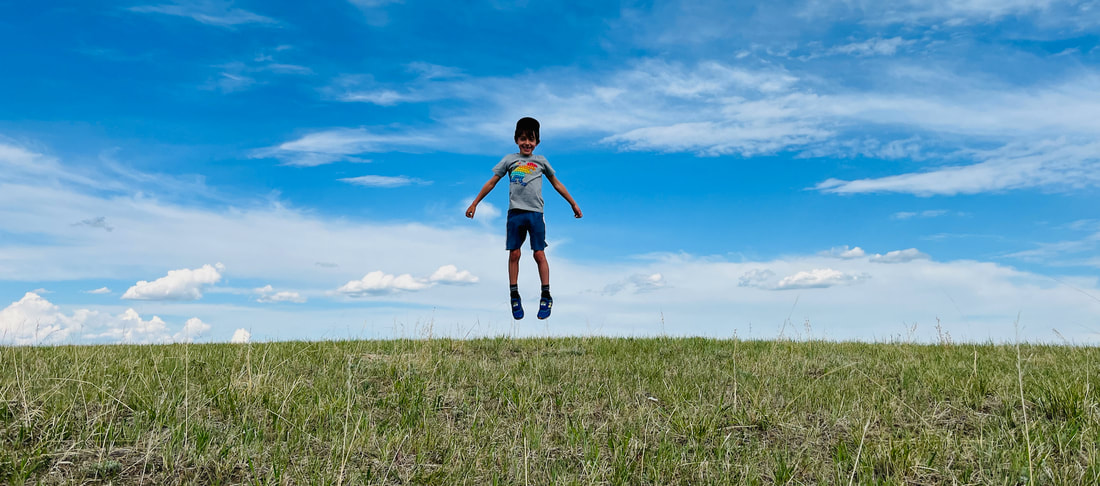
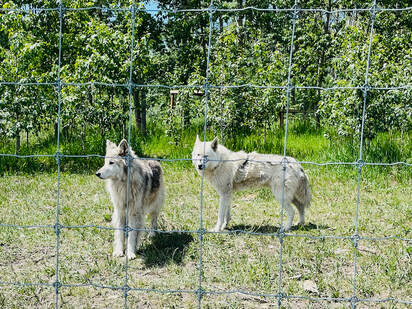
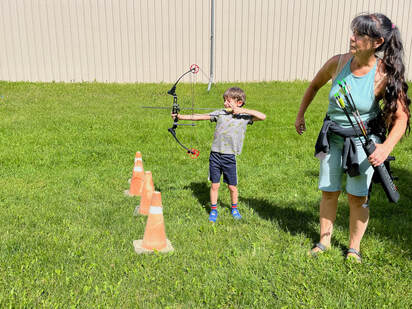
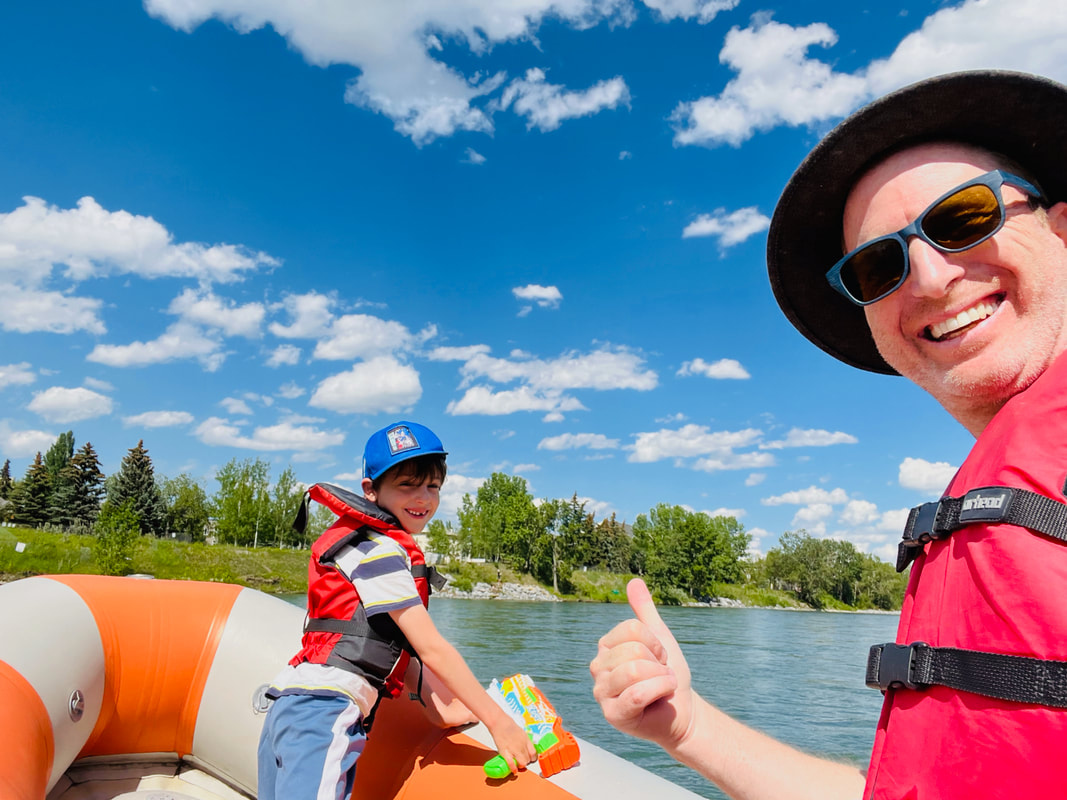
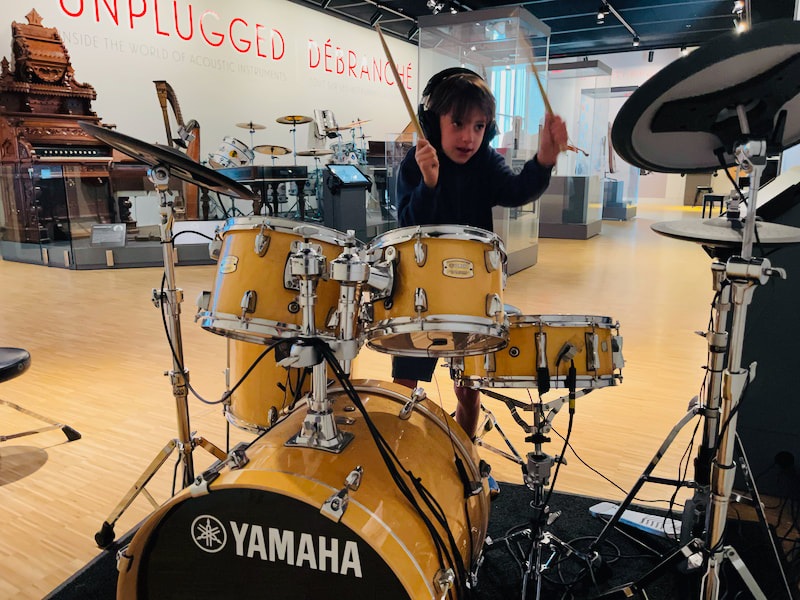
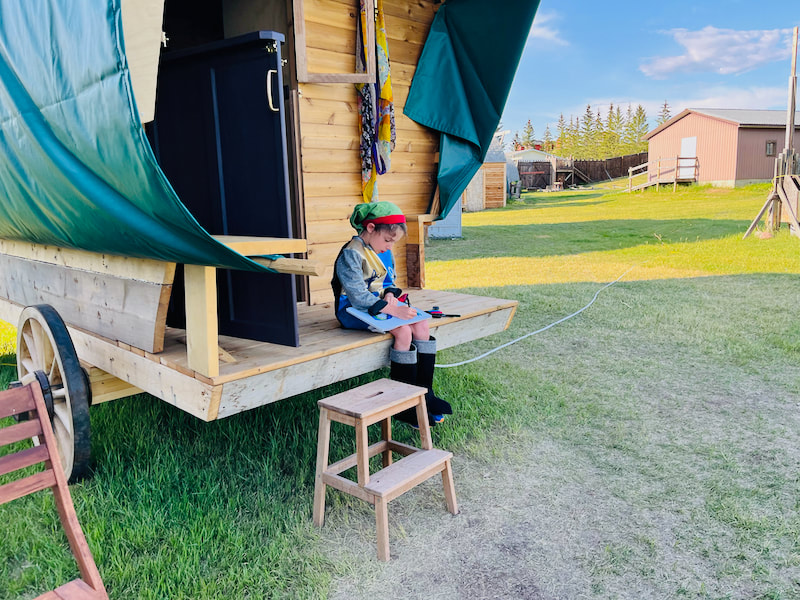
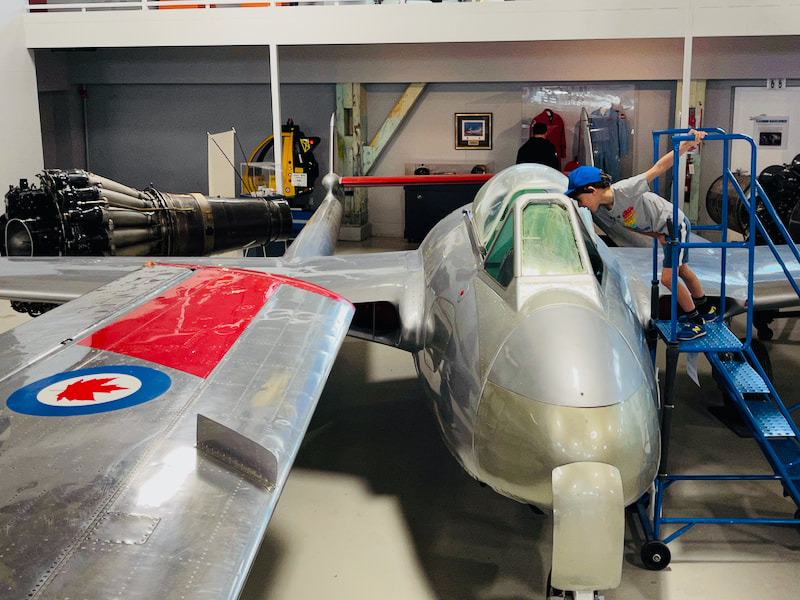
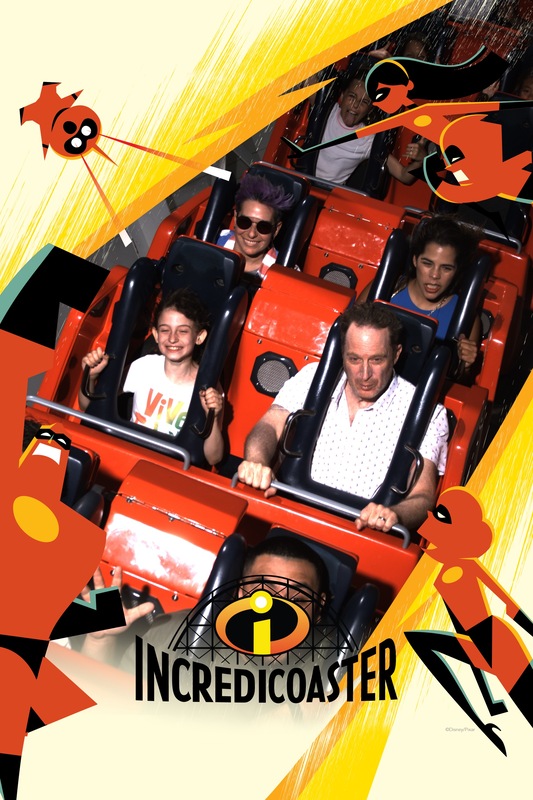
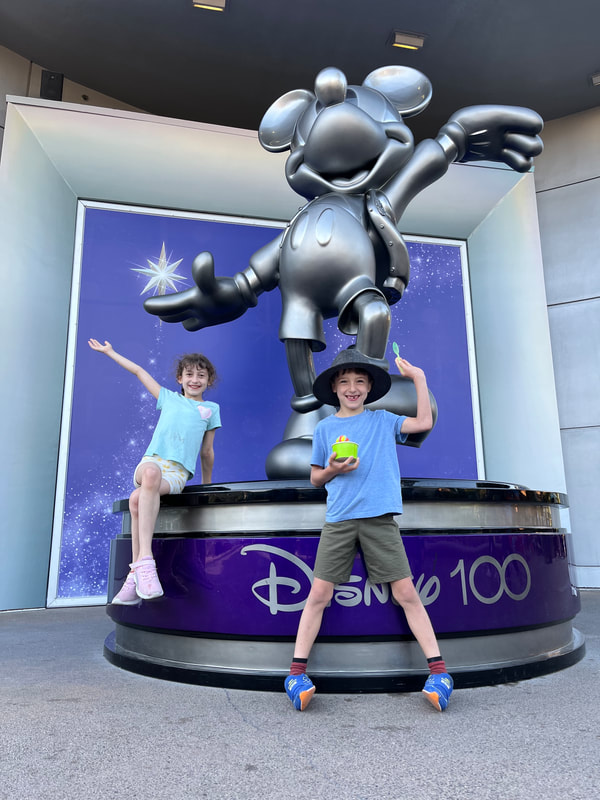
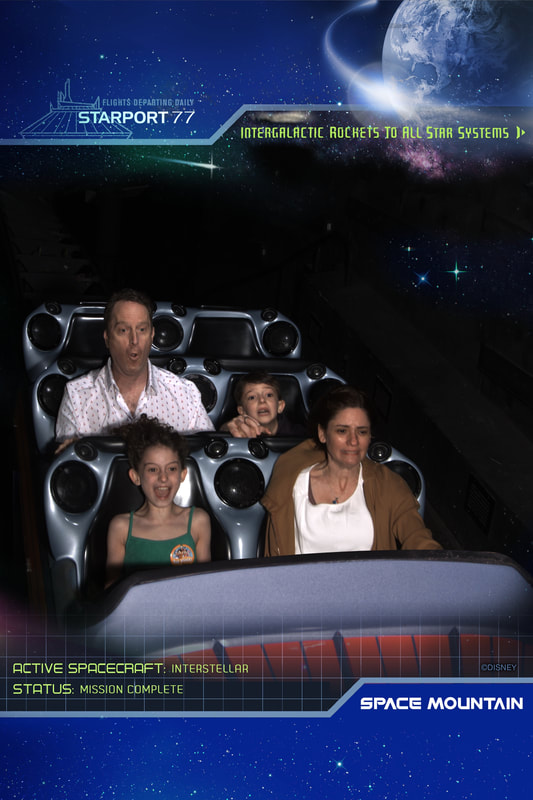
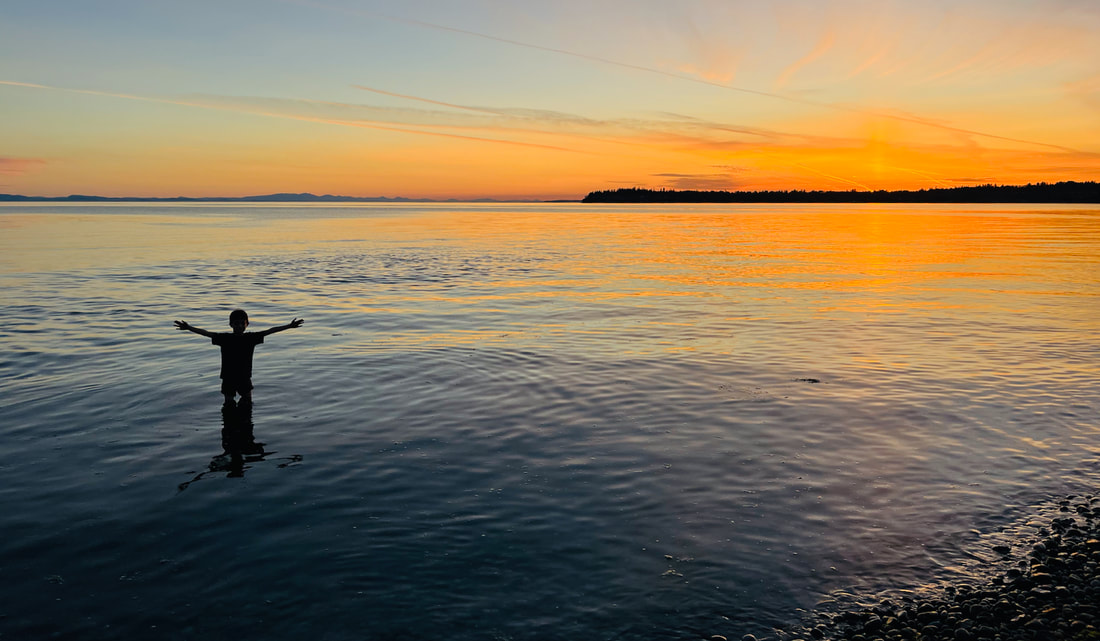
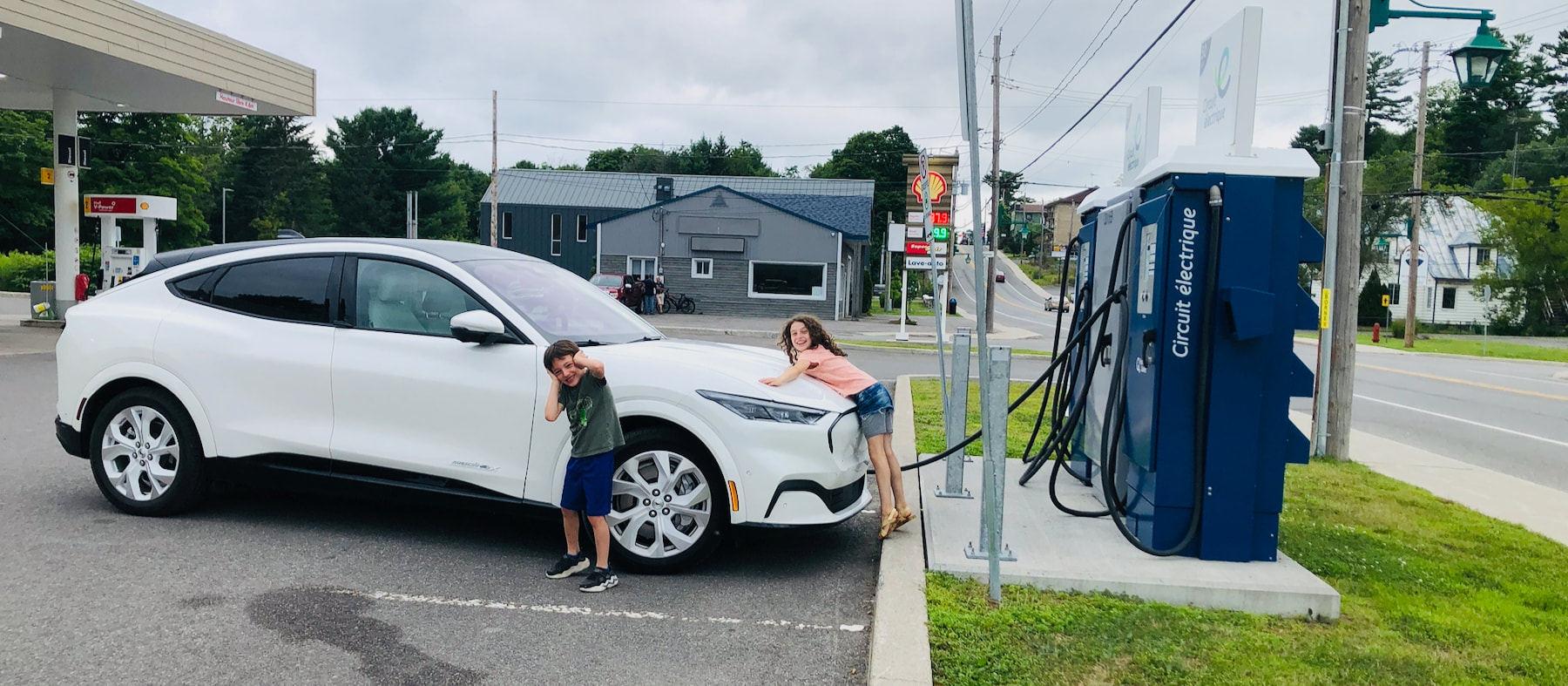
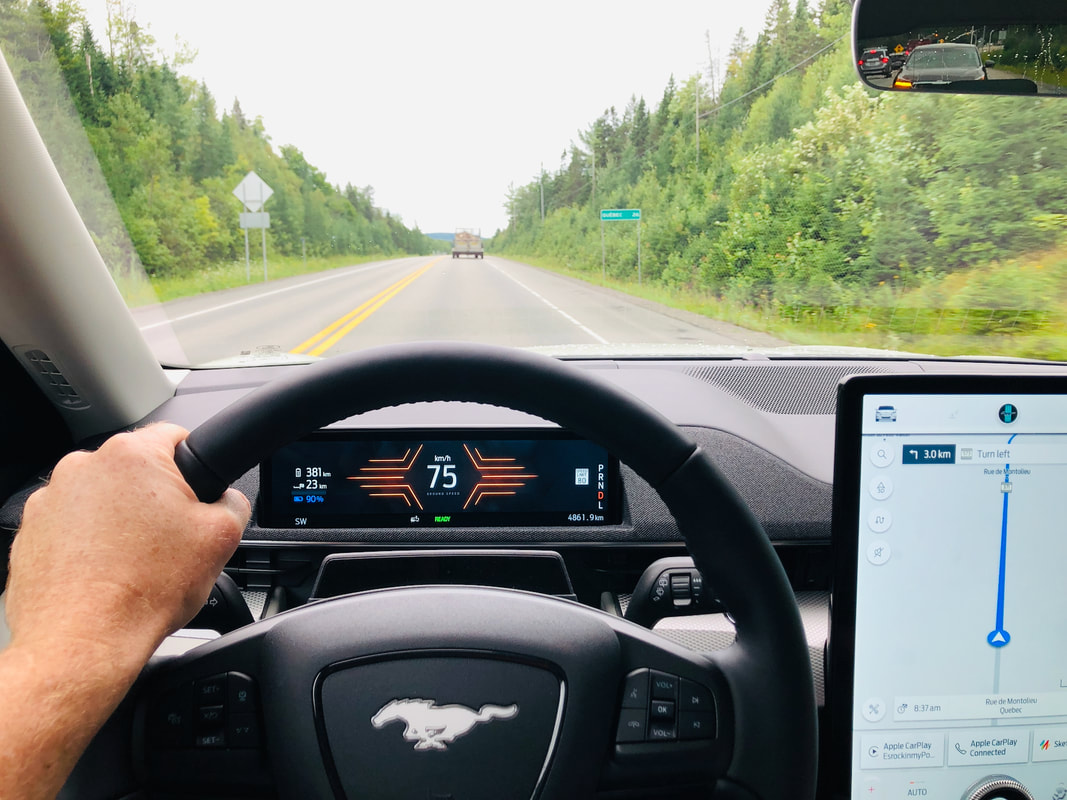
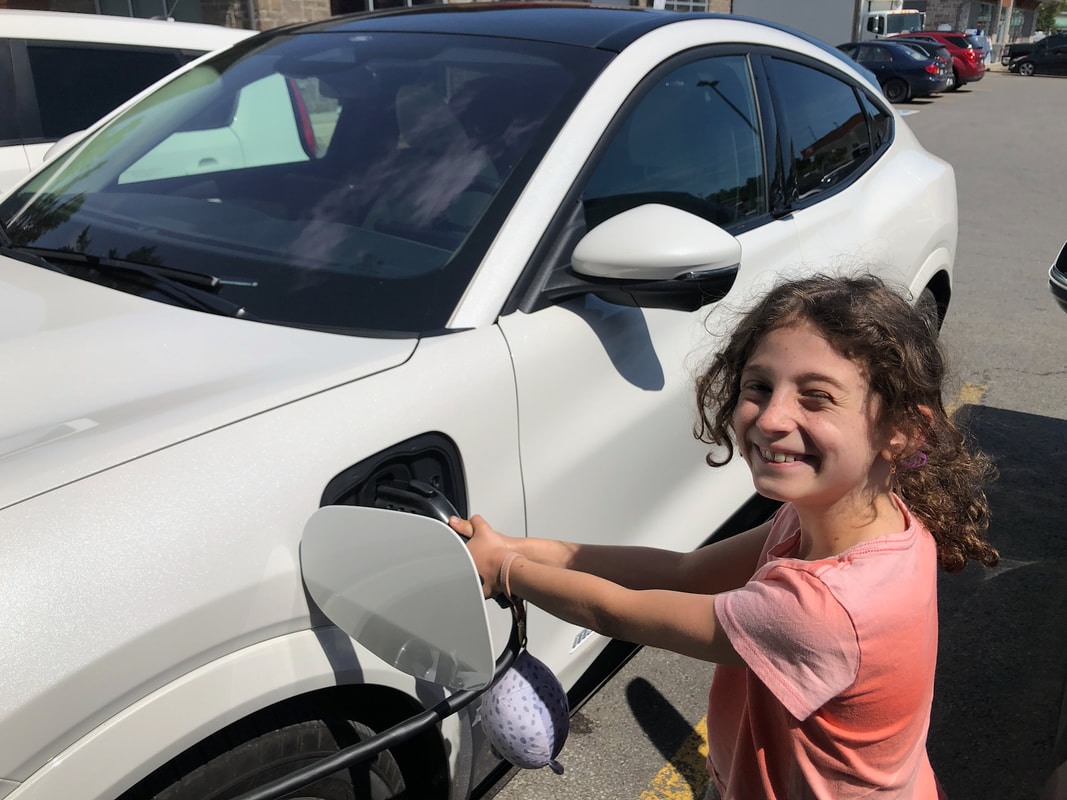
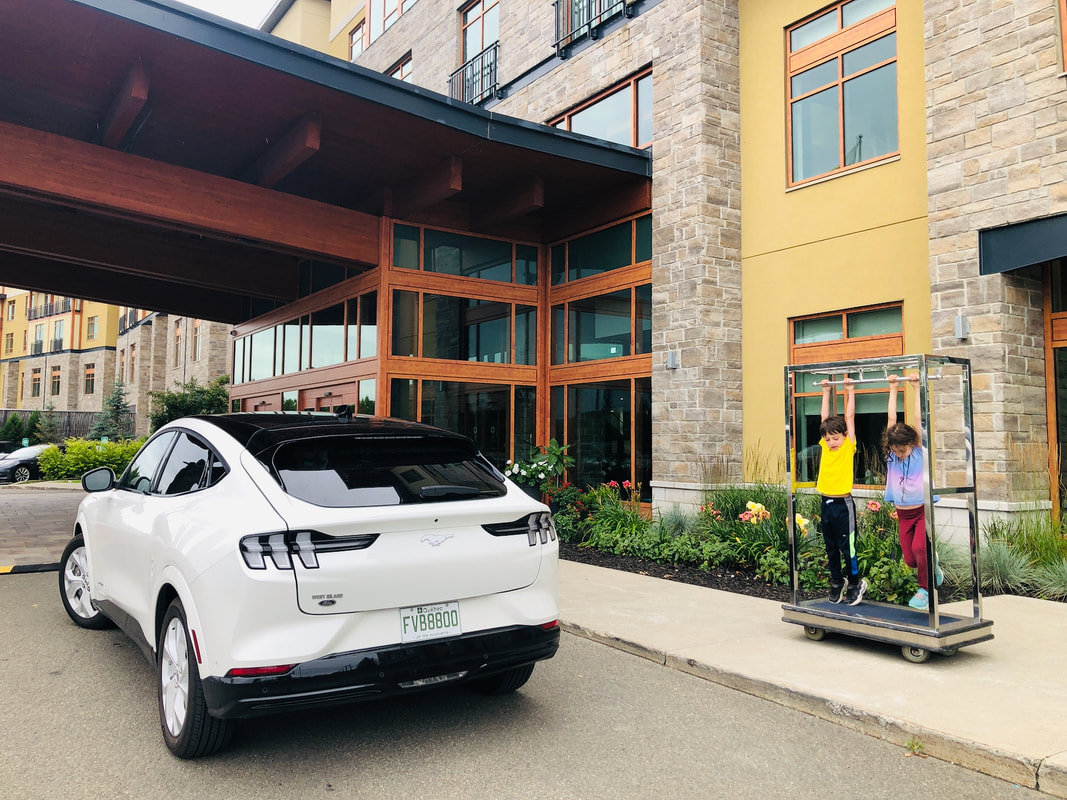
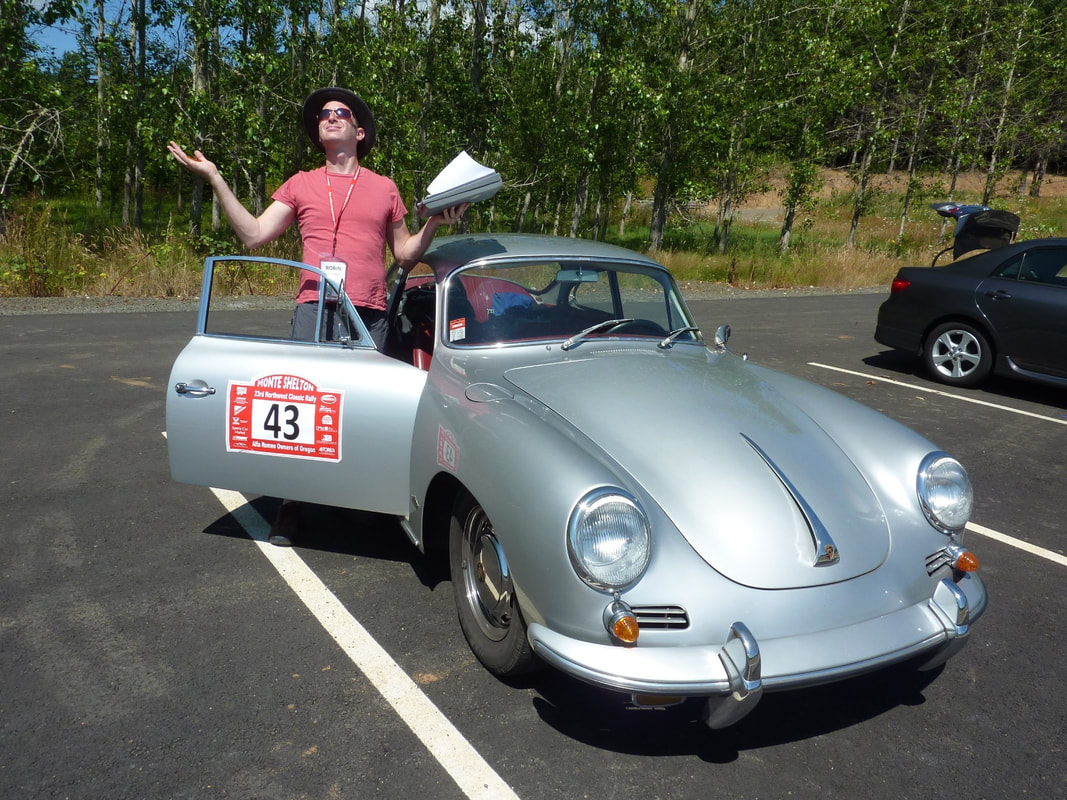
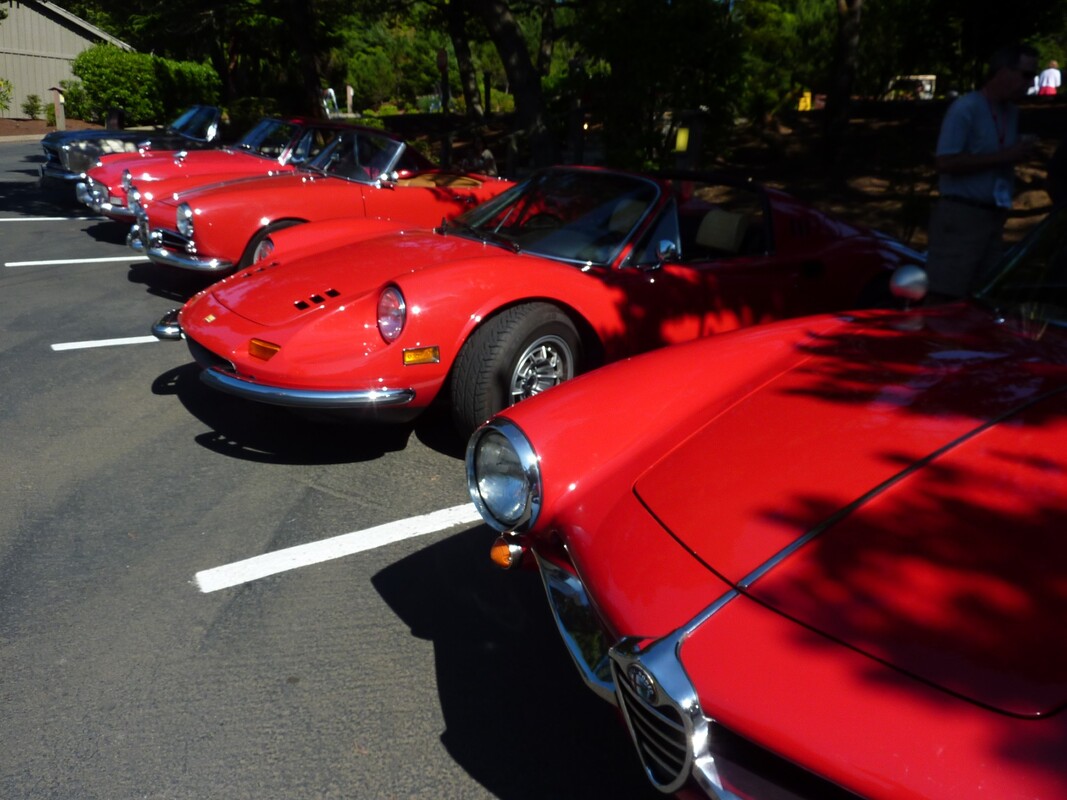
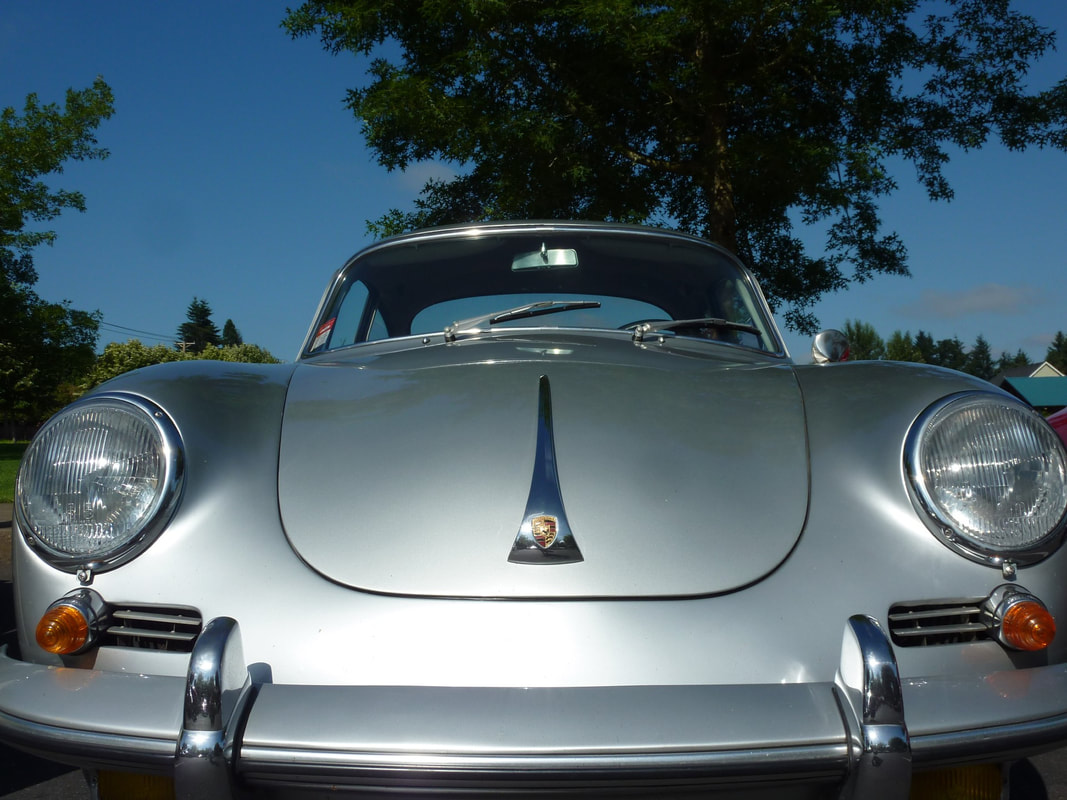
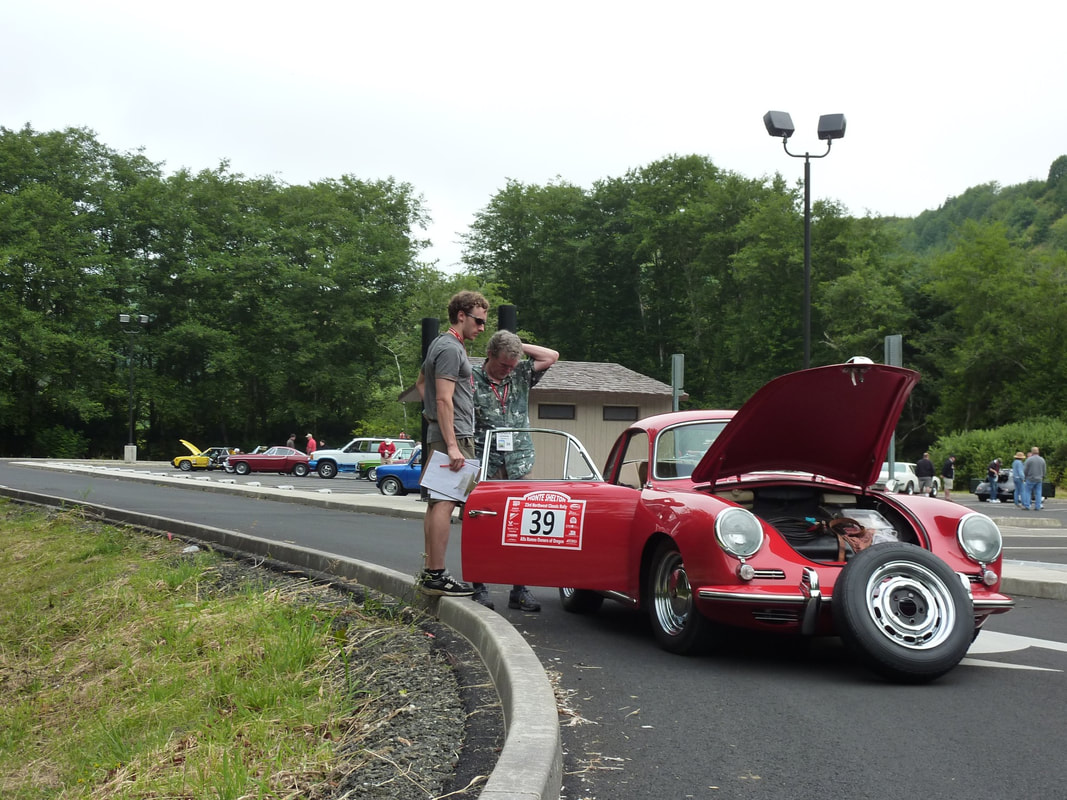
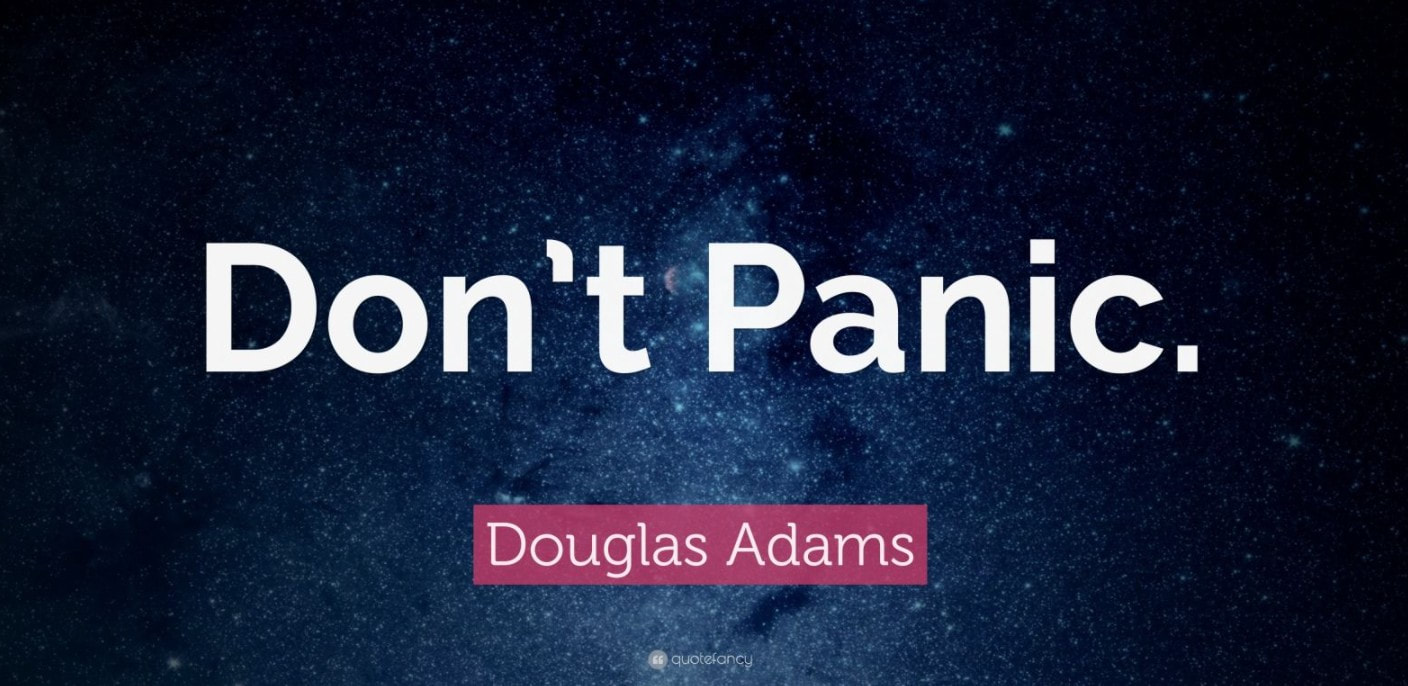
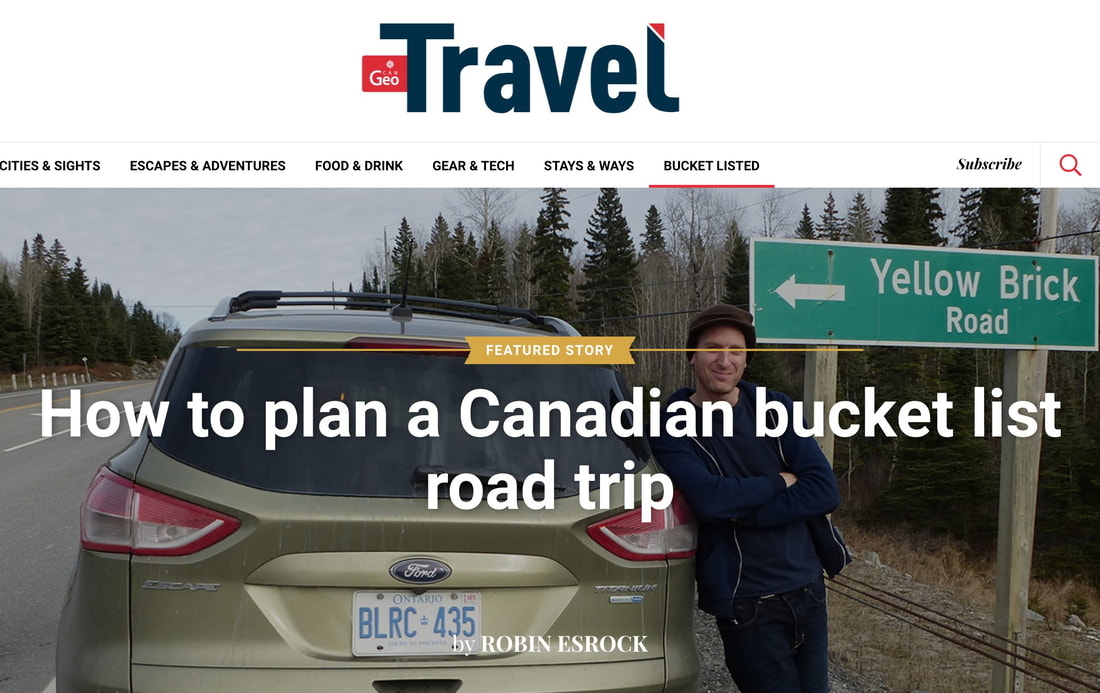
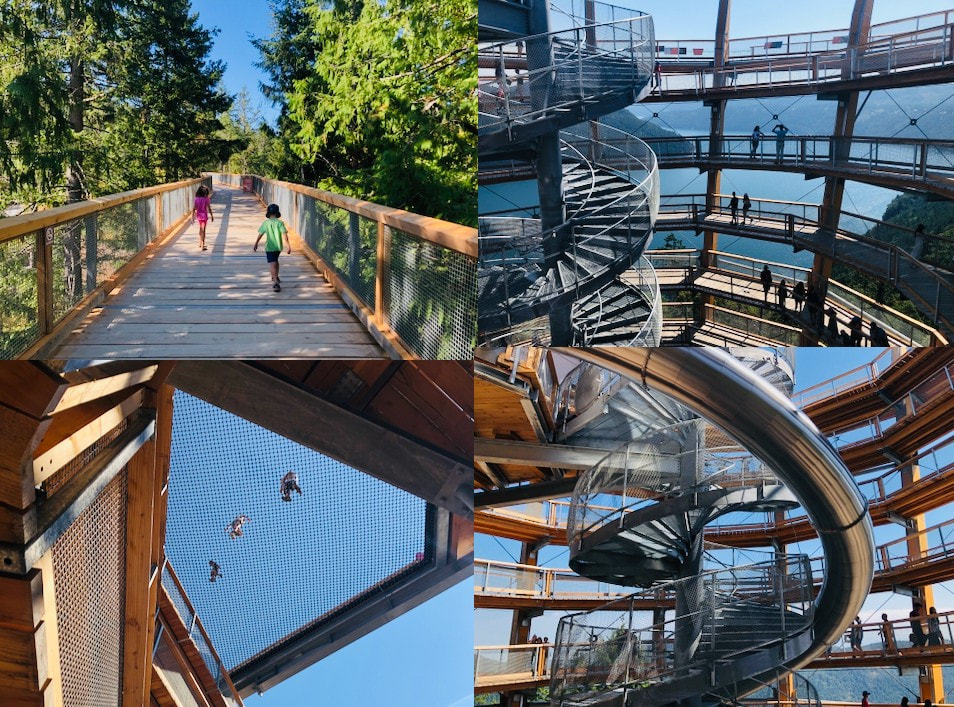
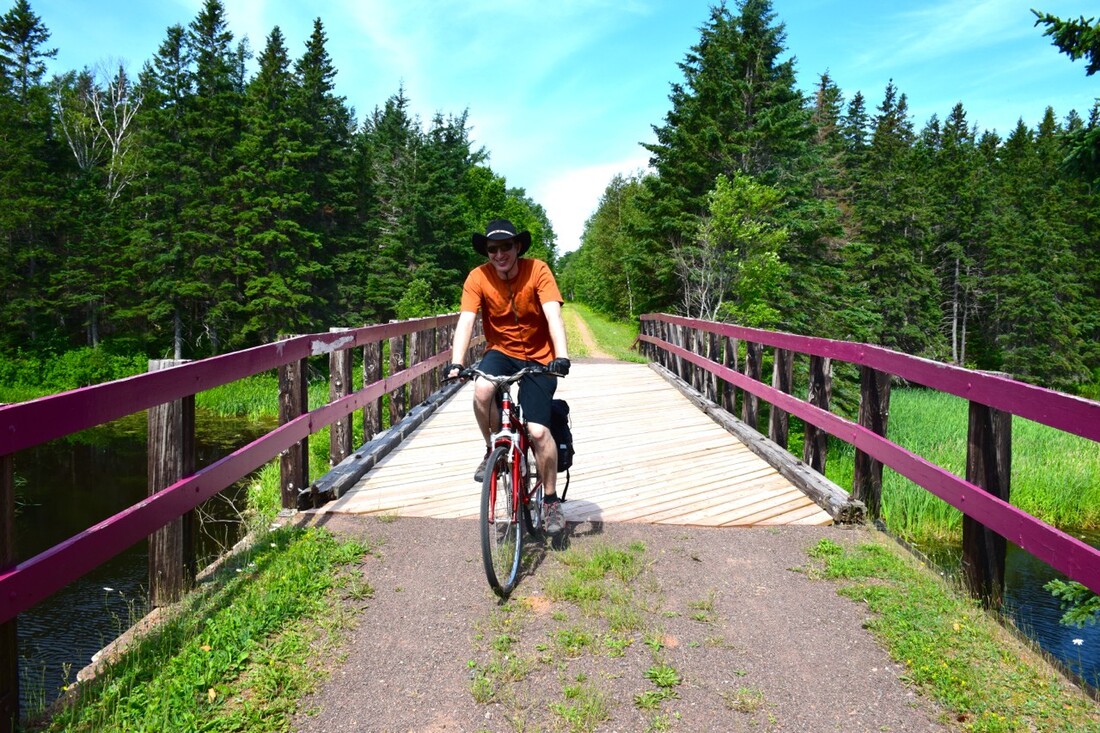
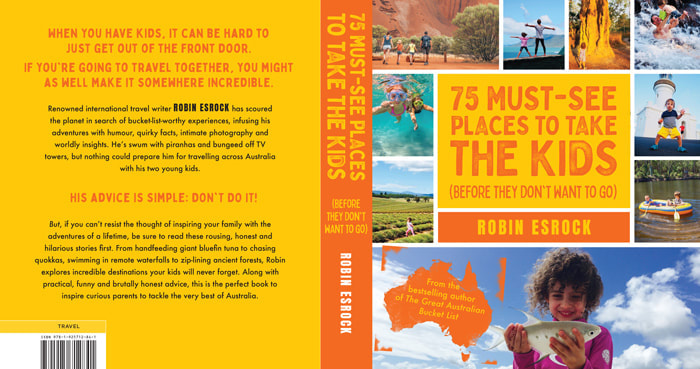
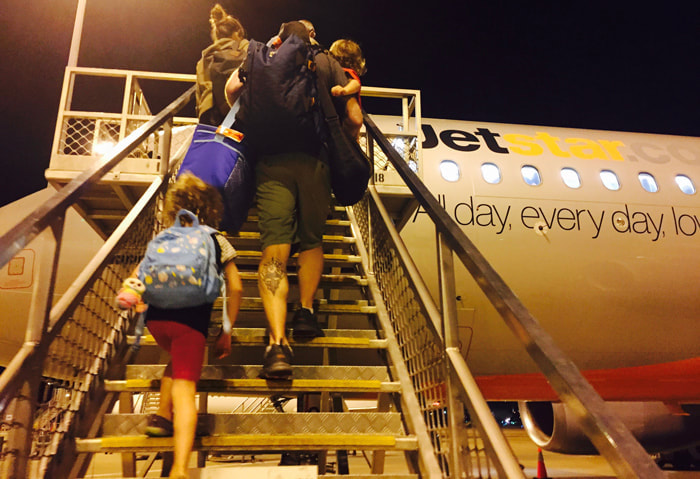
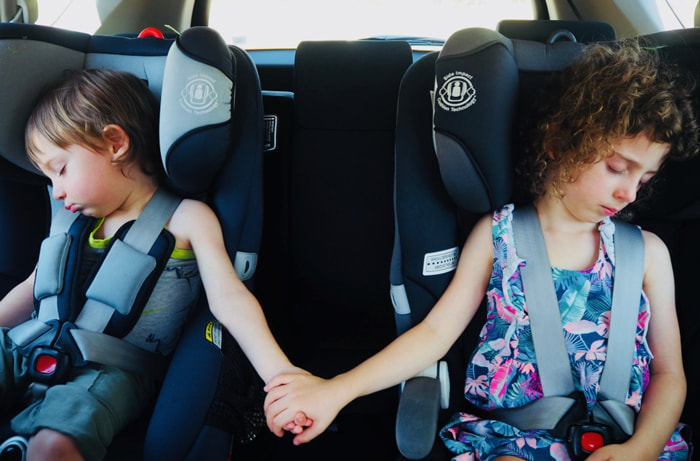
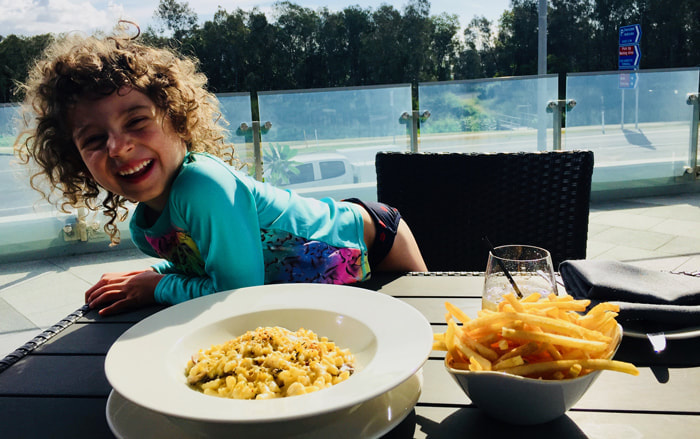
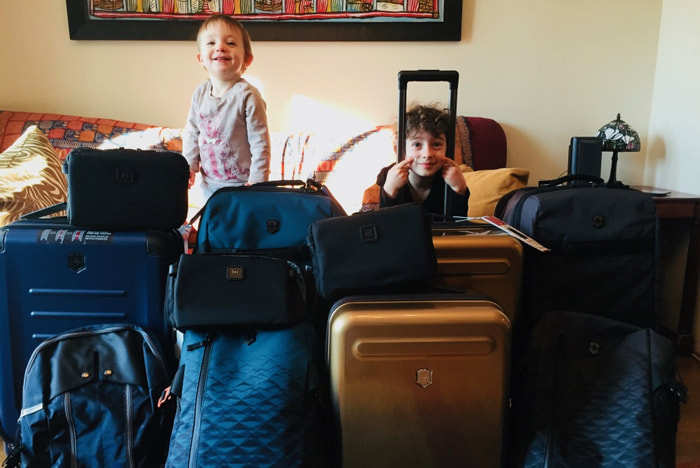
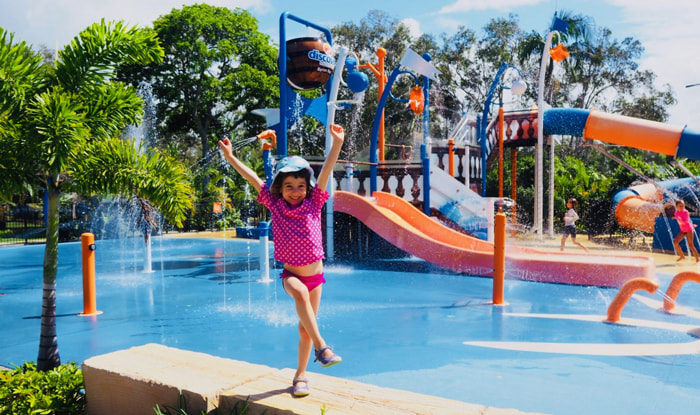
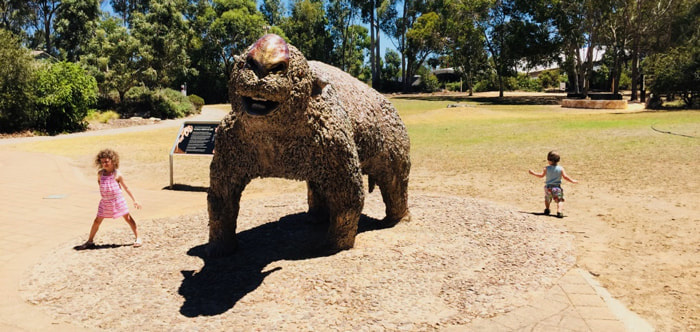




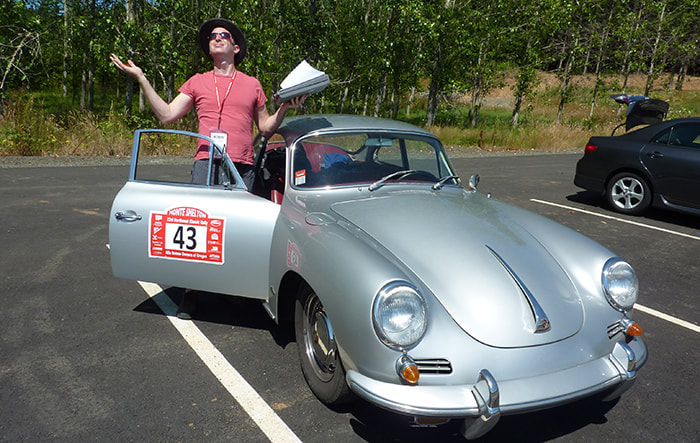
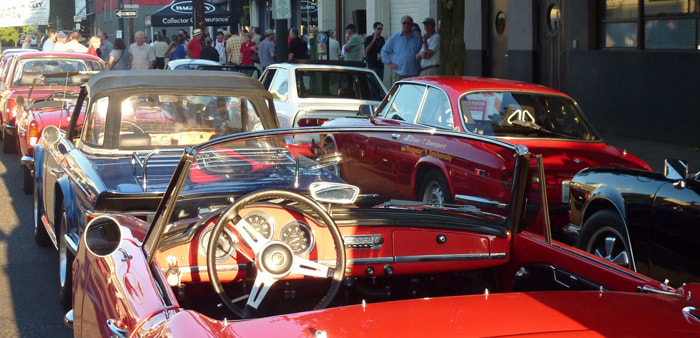
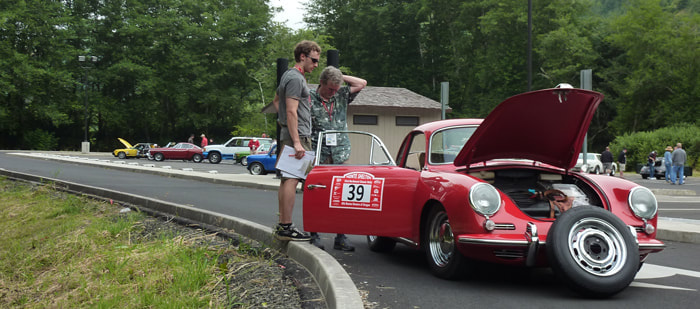

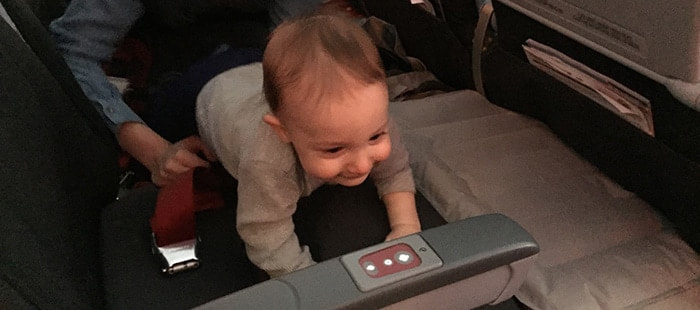
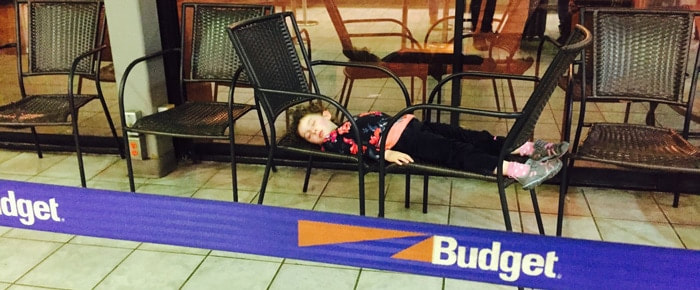
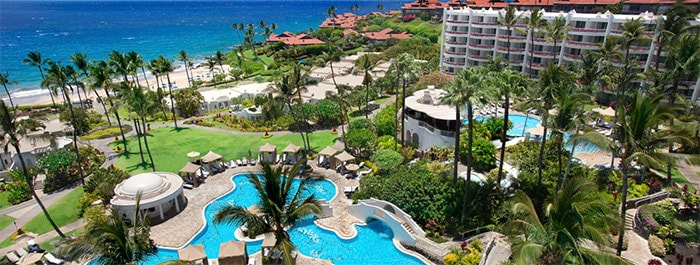
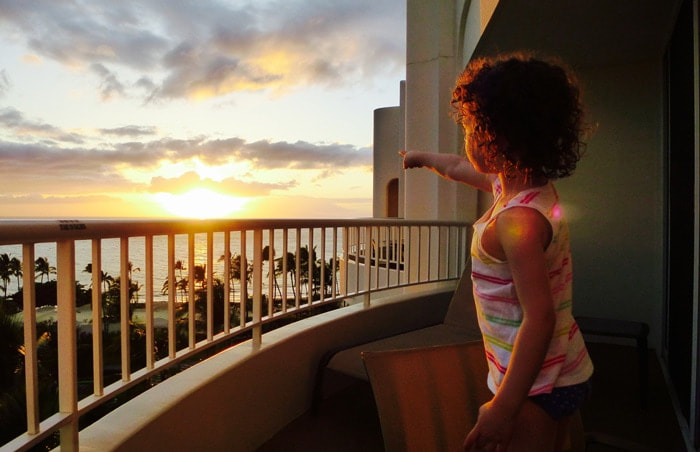
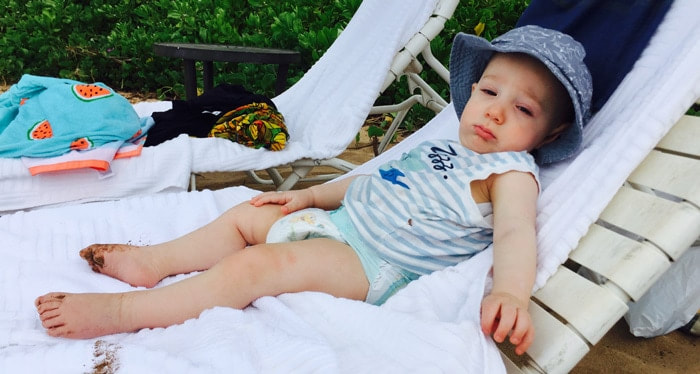
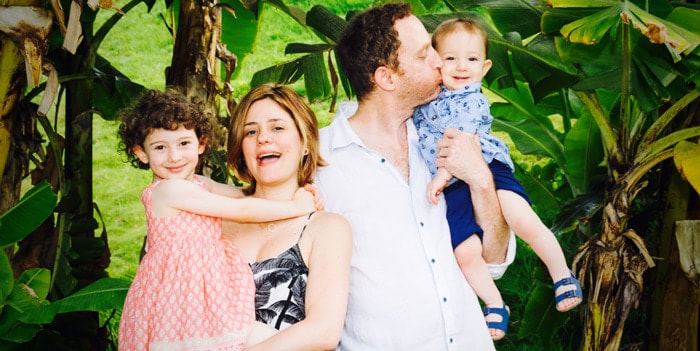
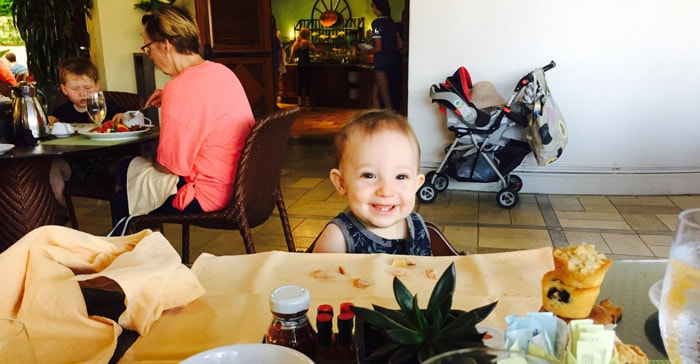
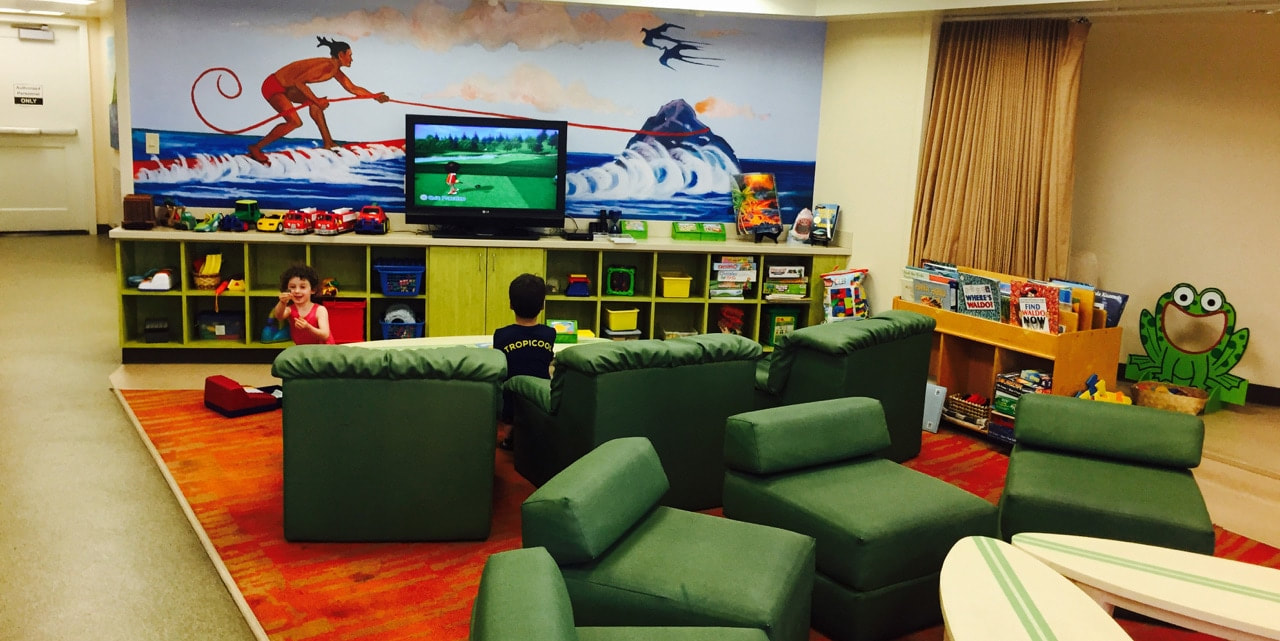
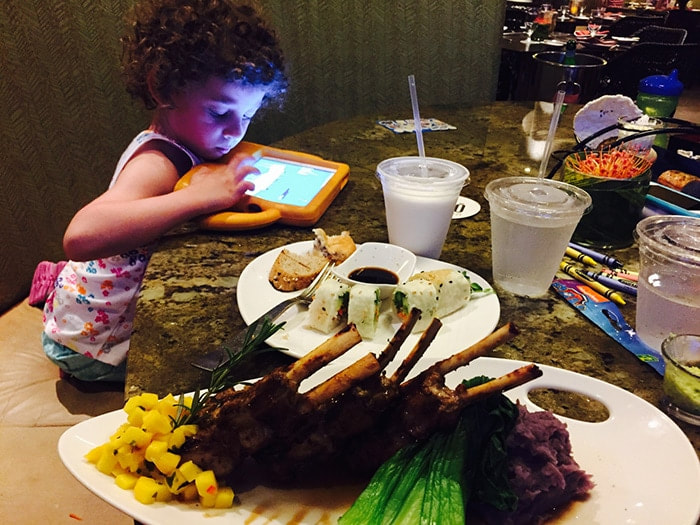
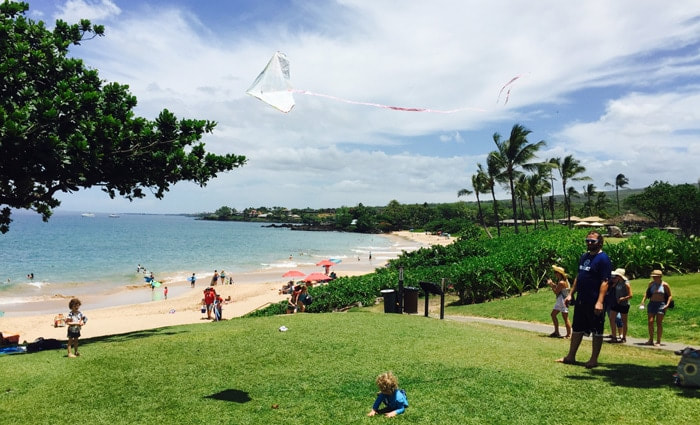
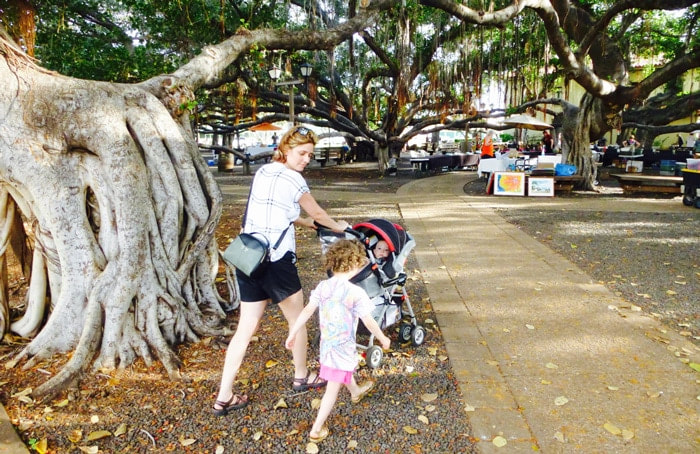
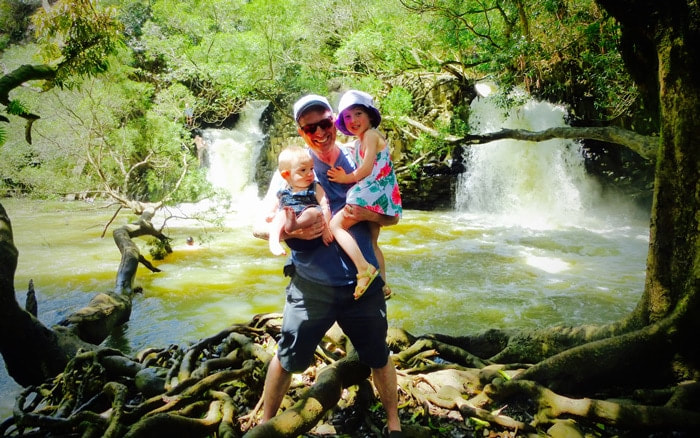
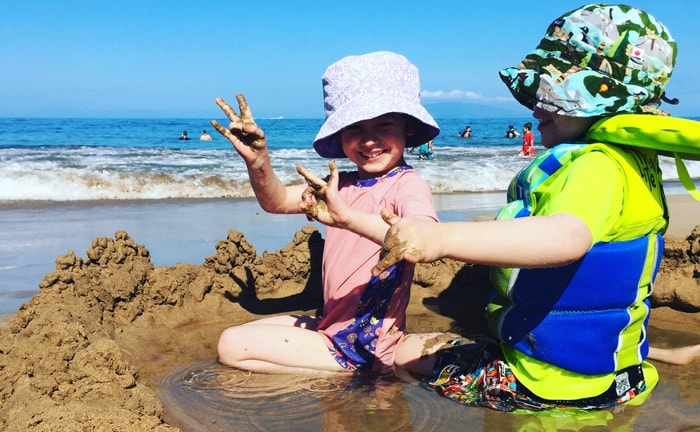
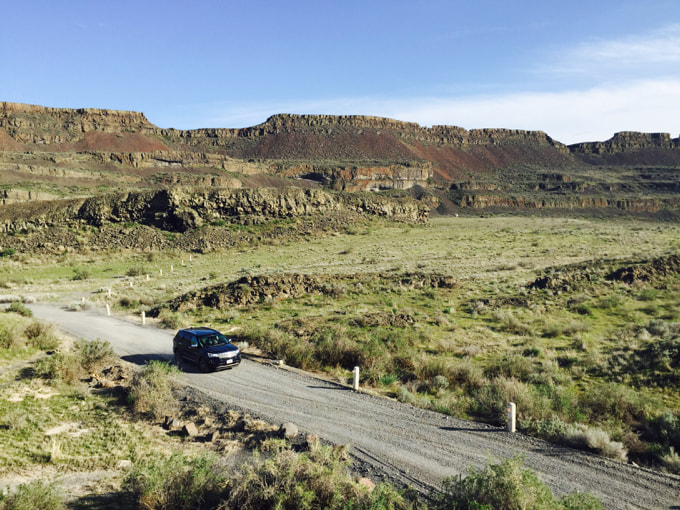
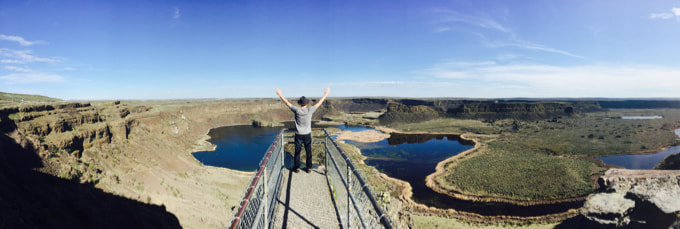
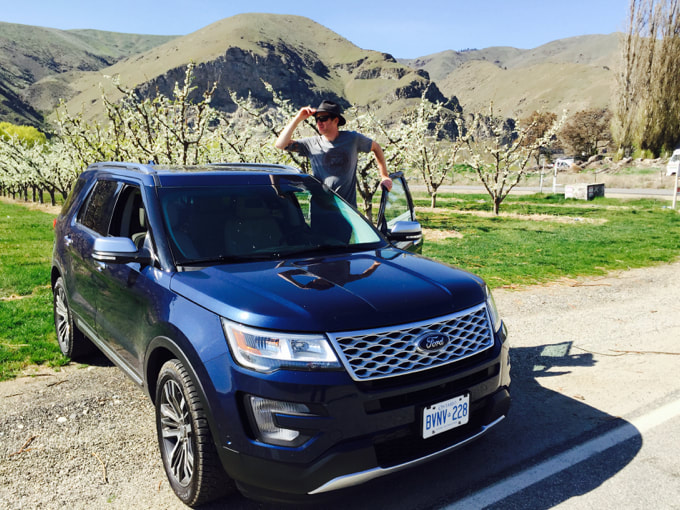
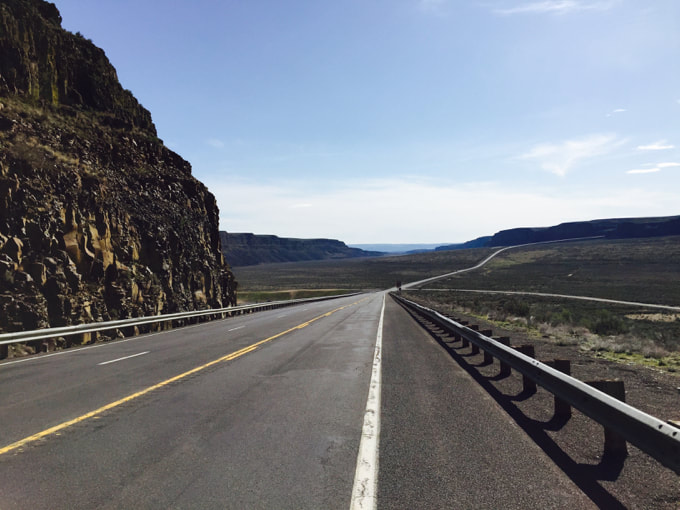
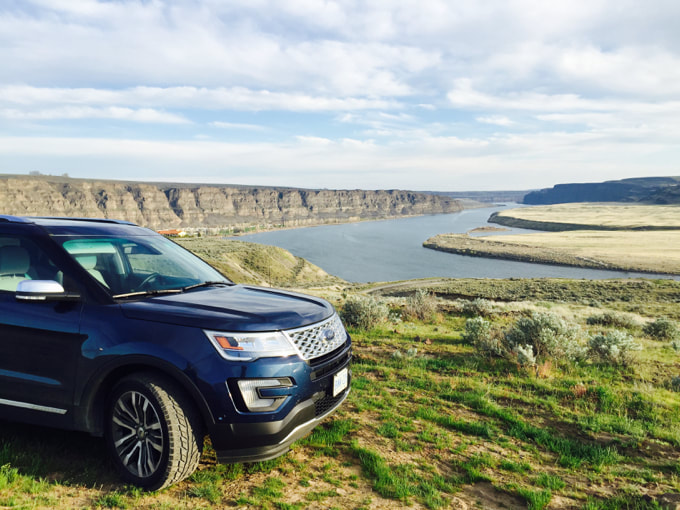
 RSS Feed
RSS Feed

